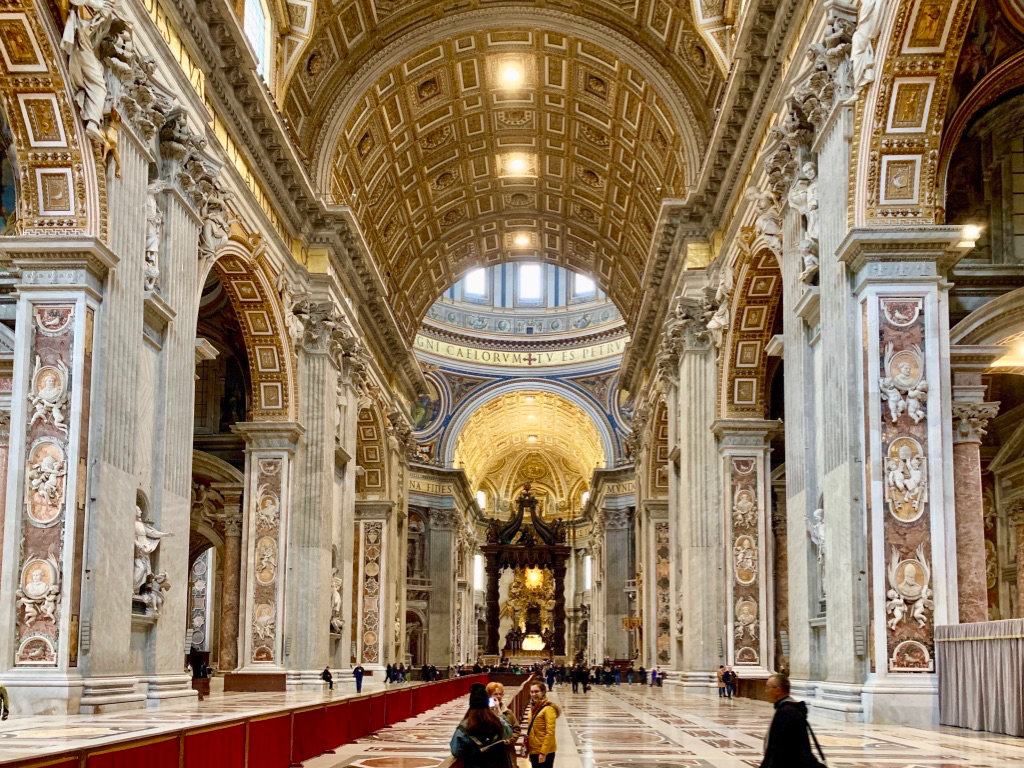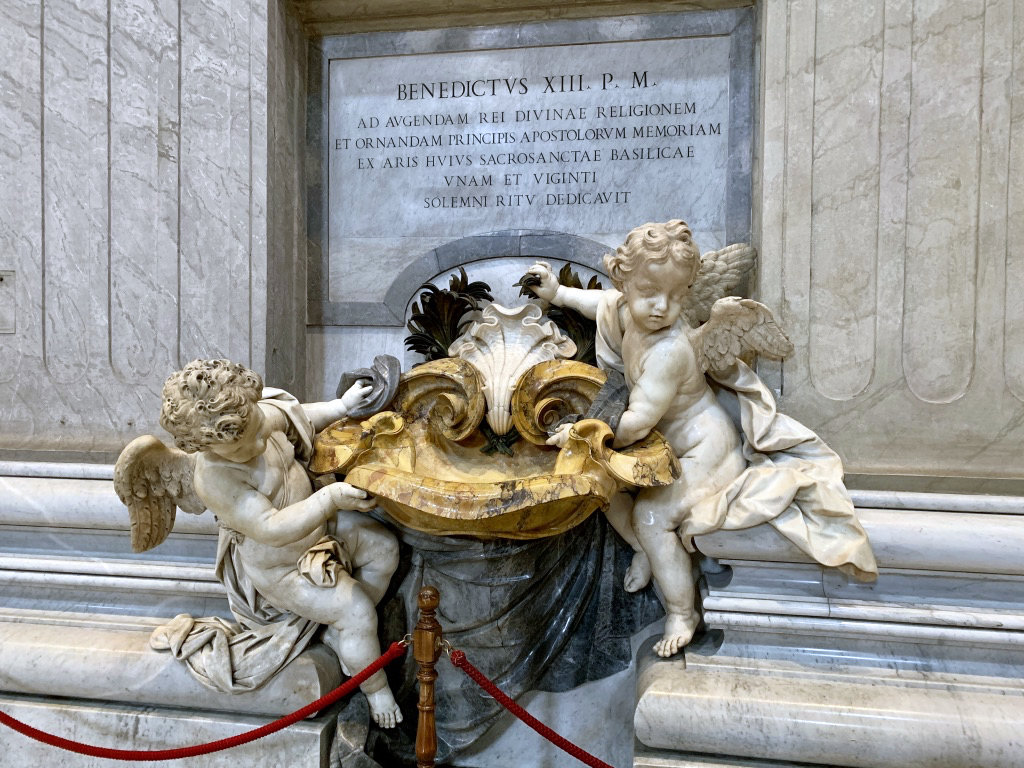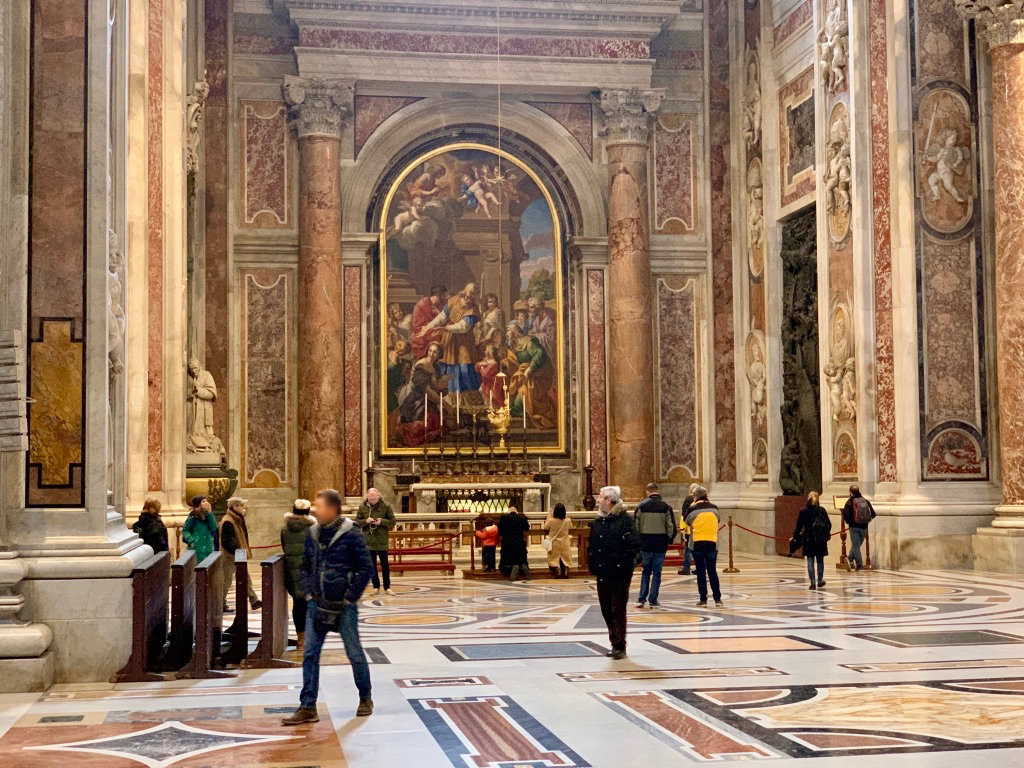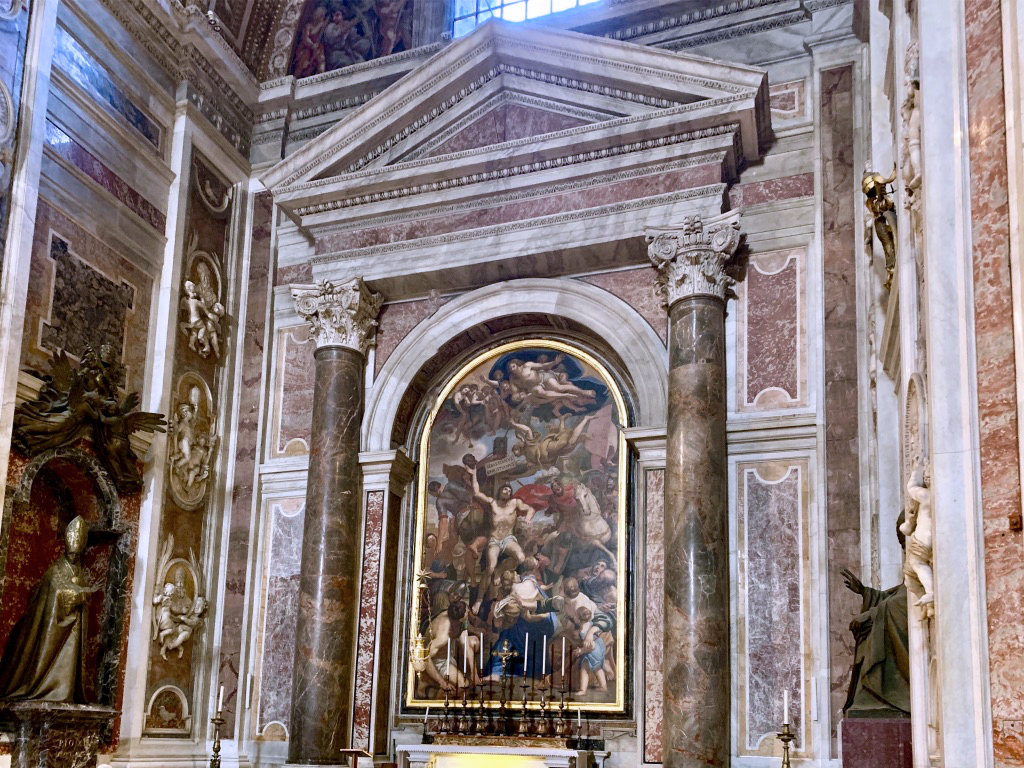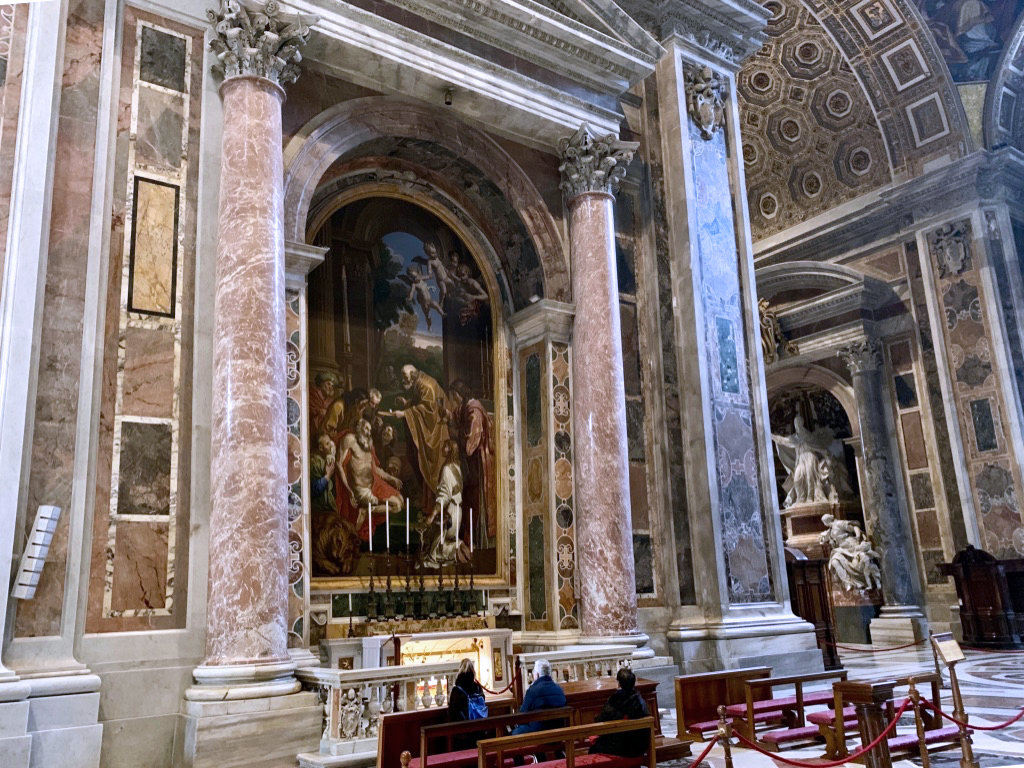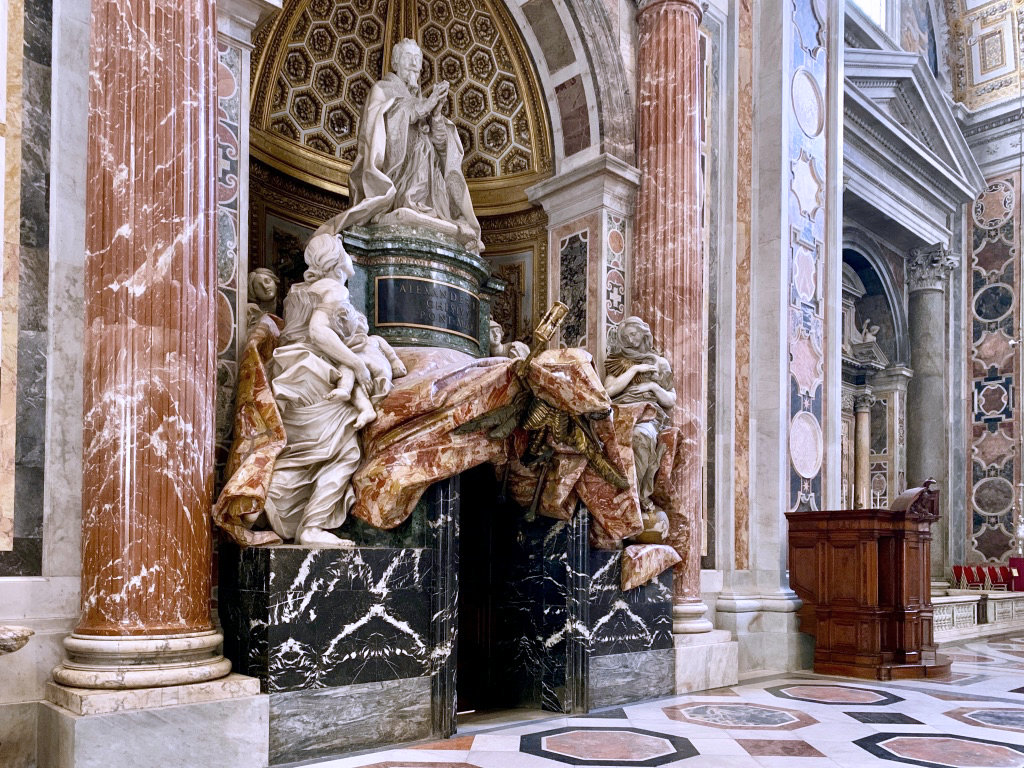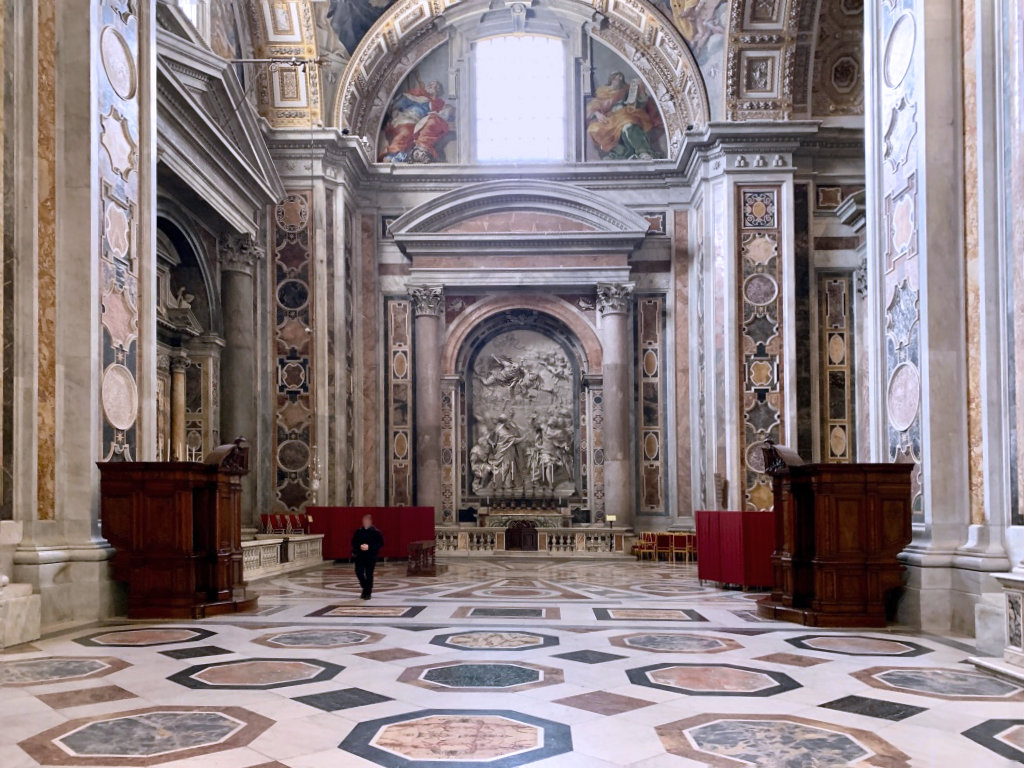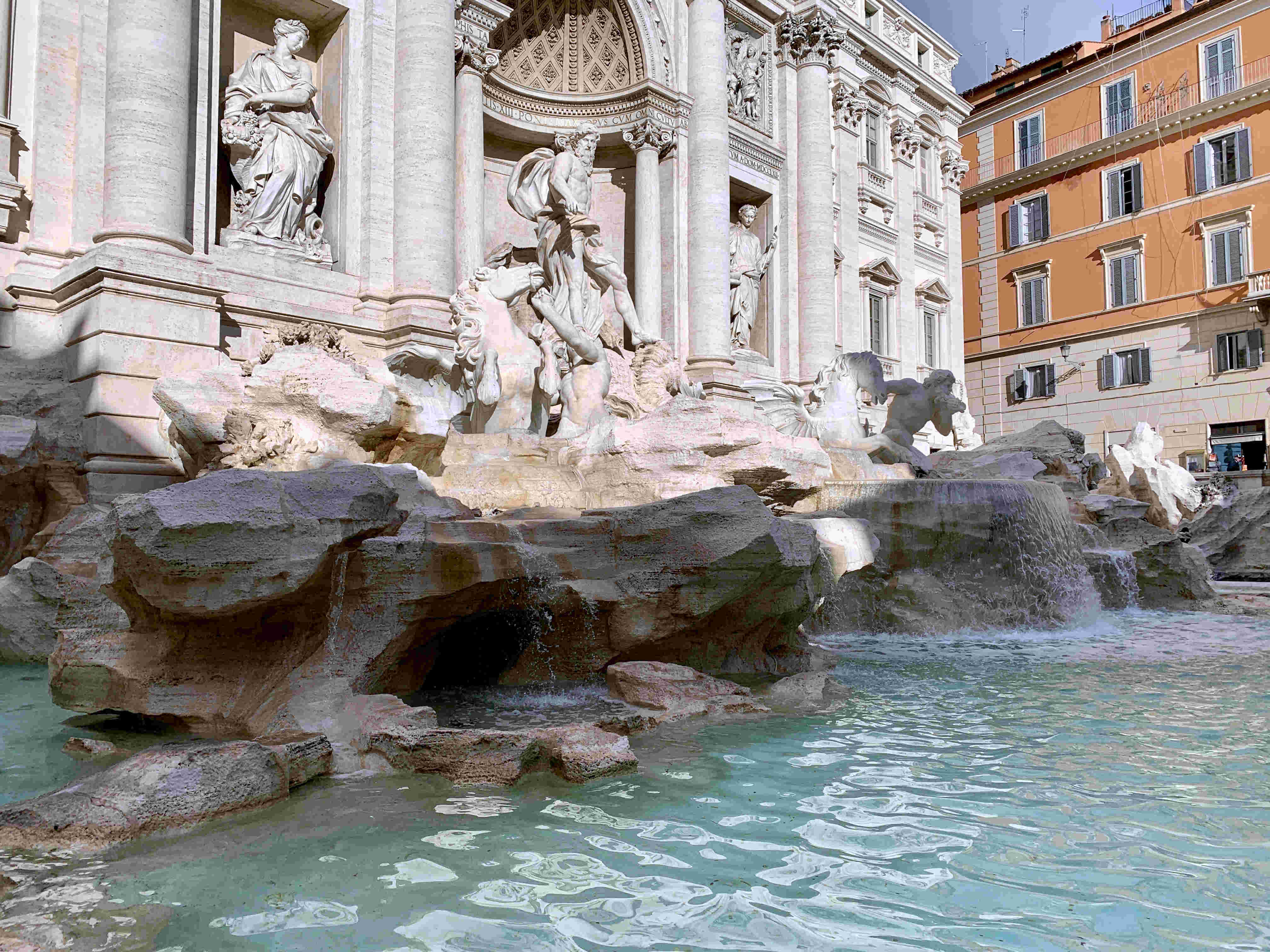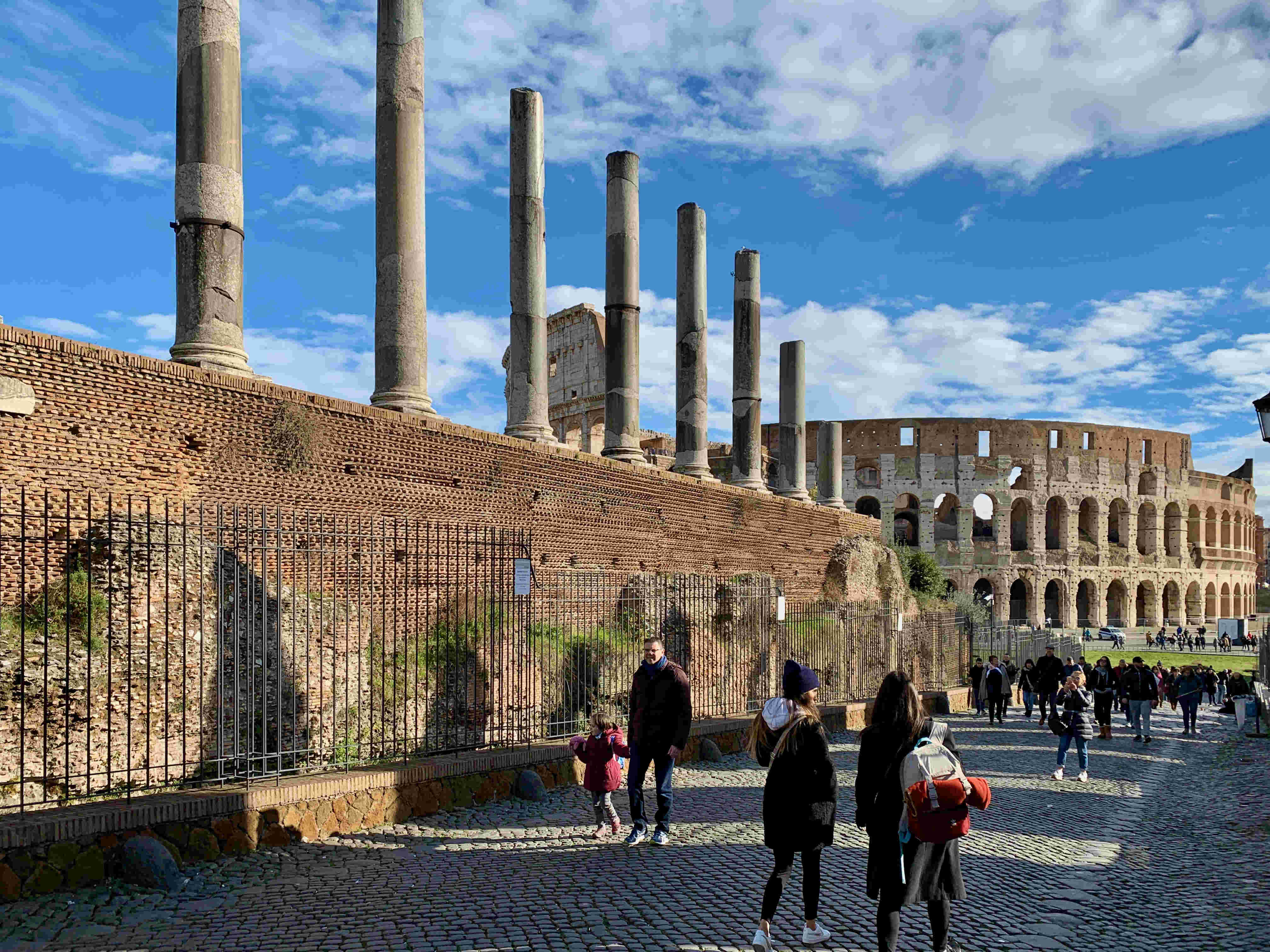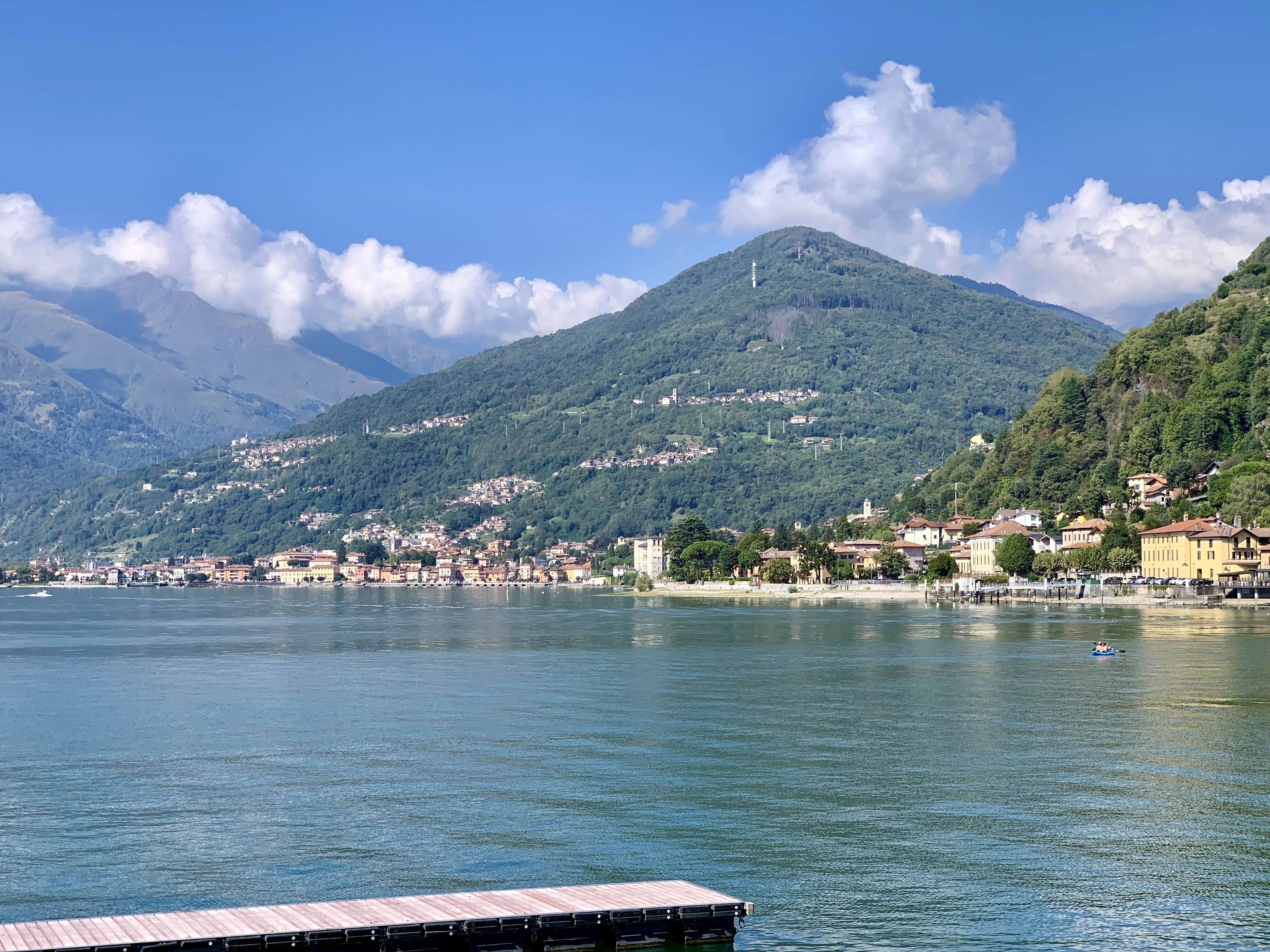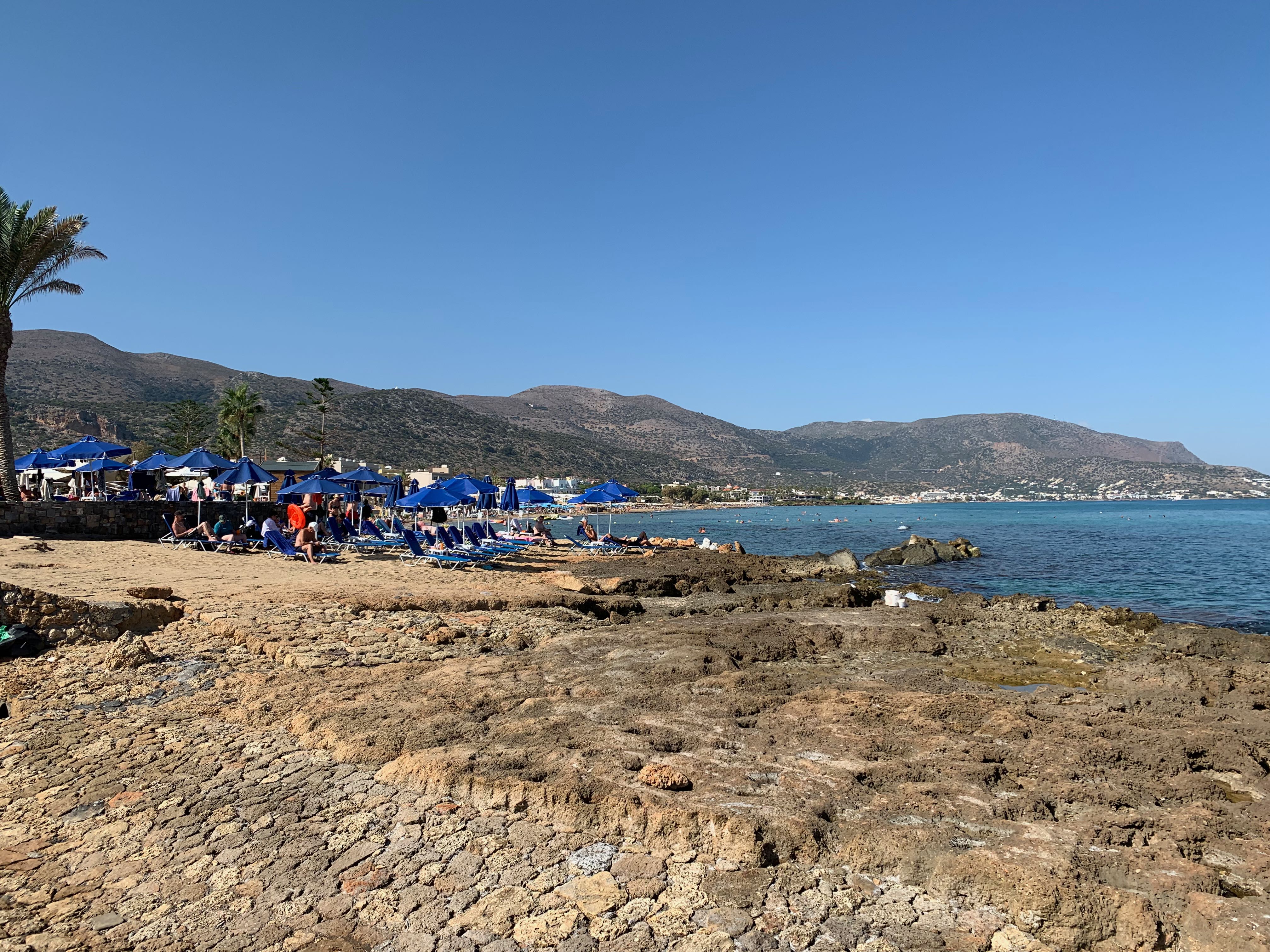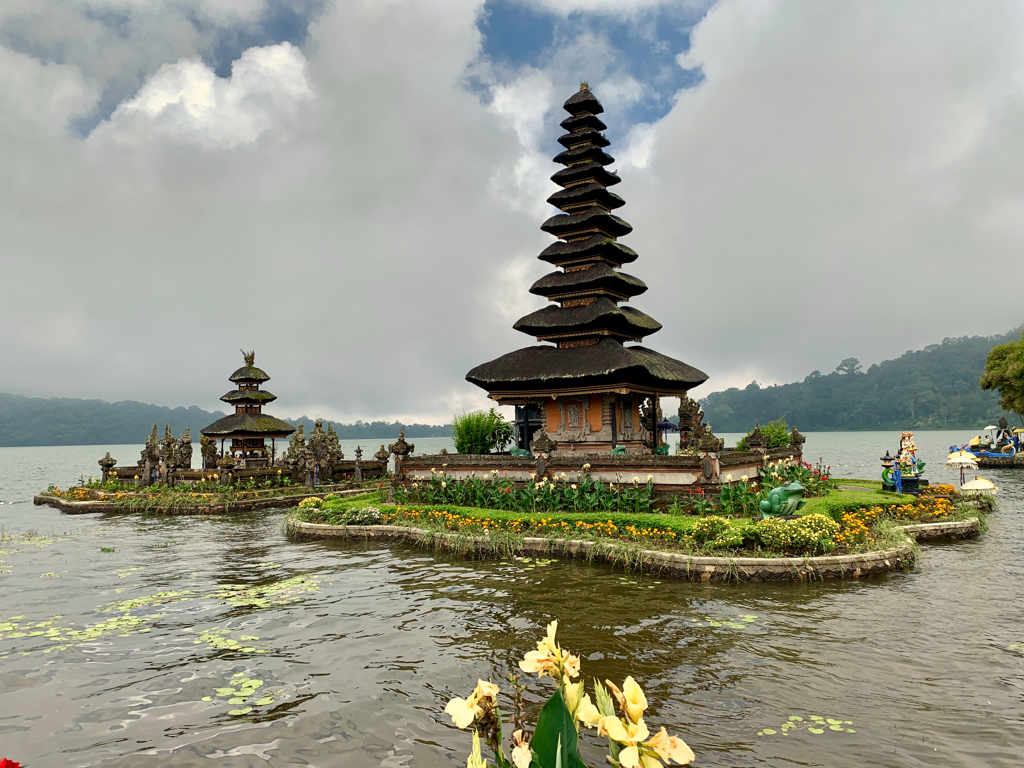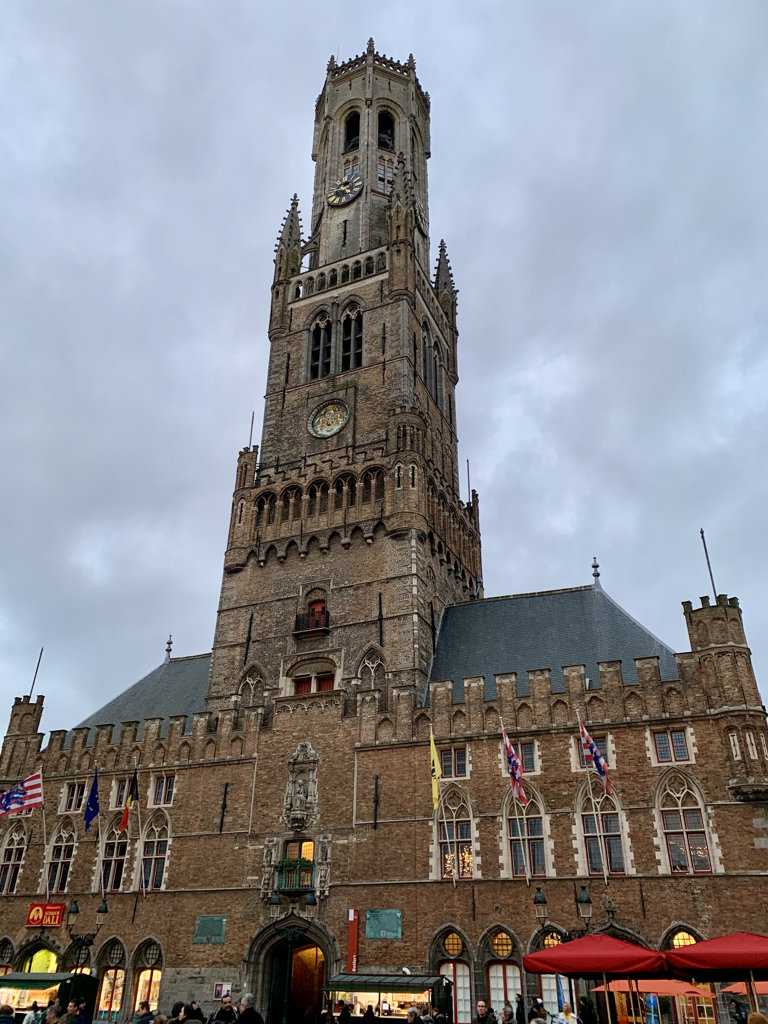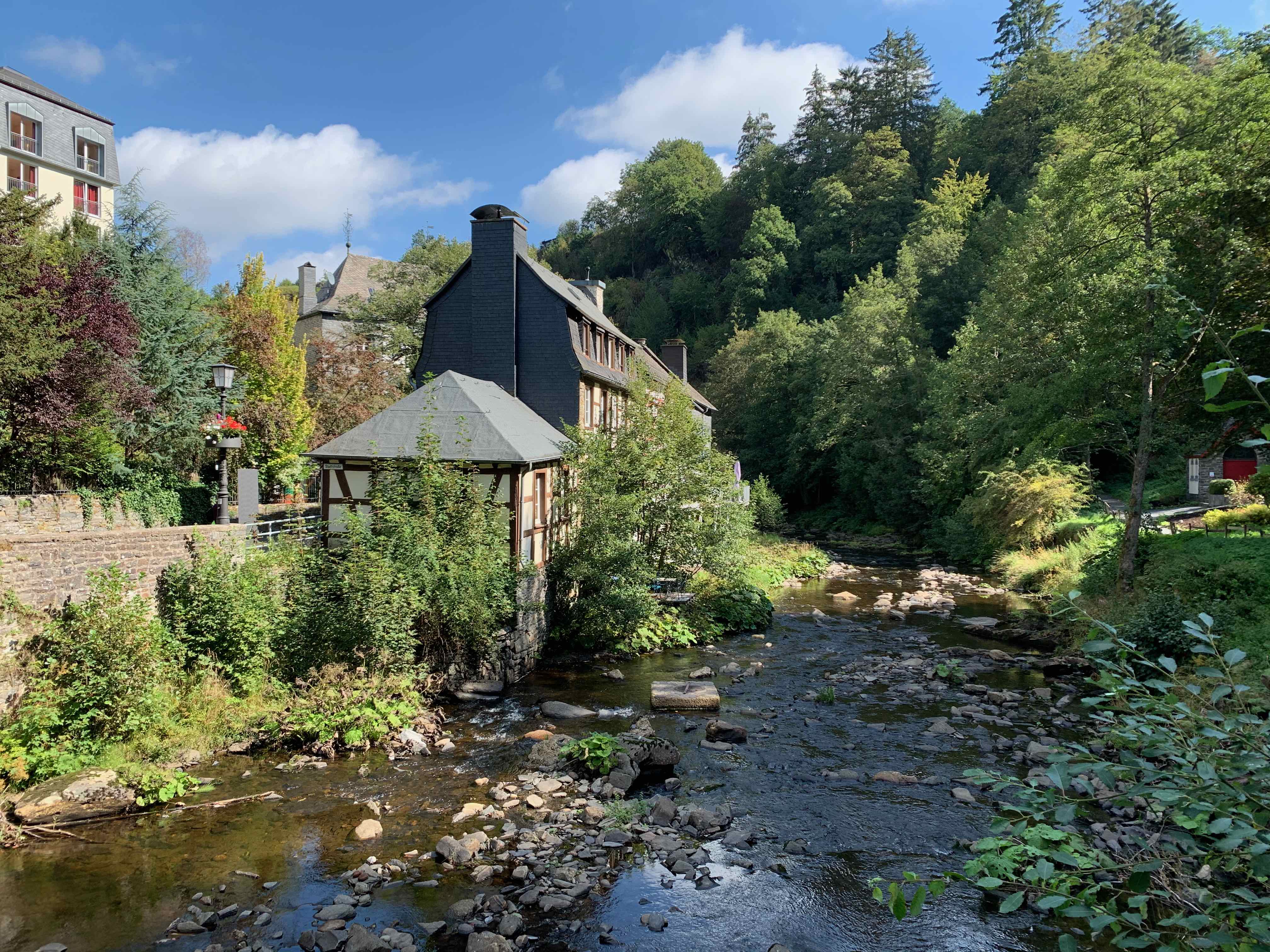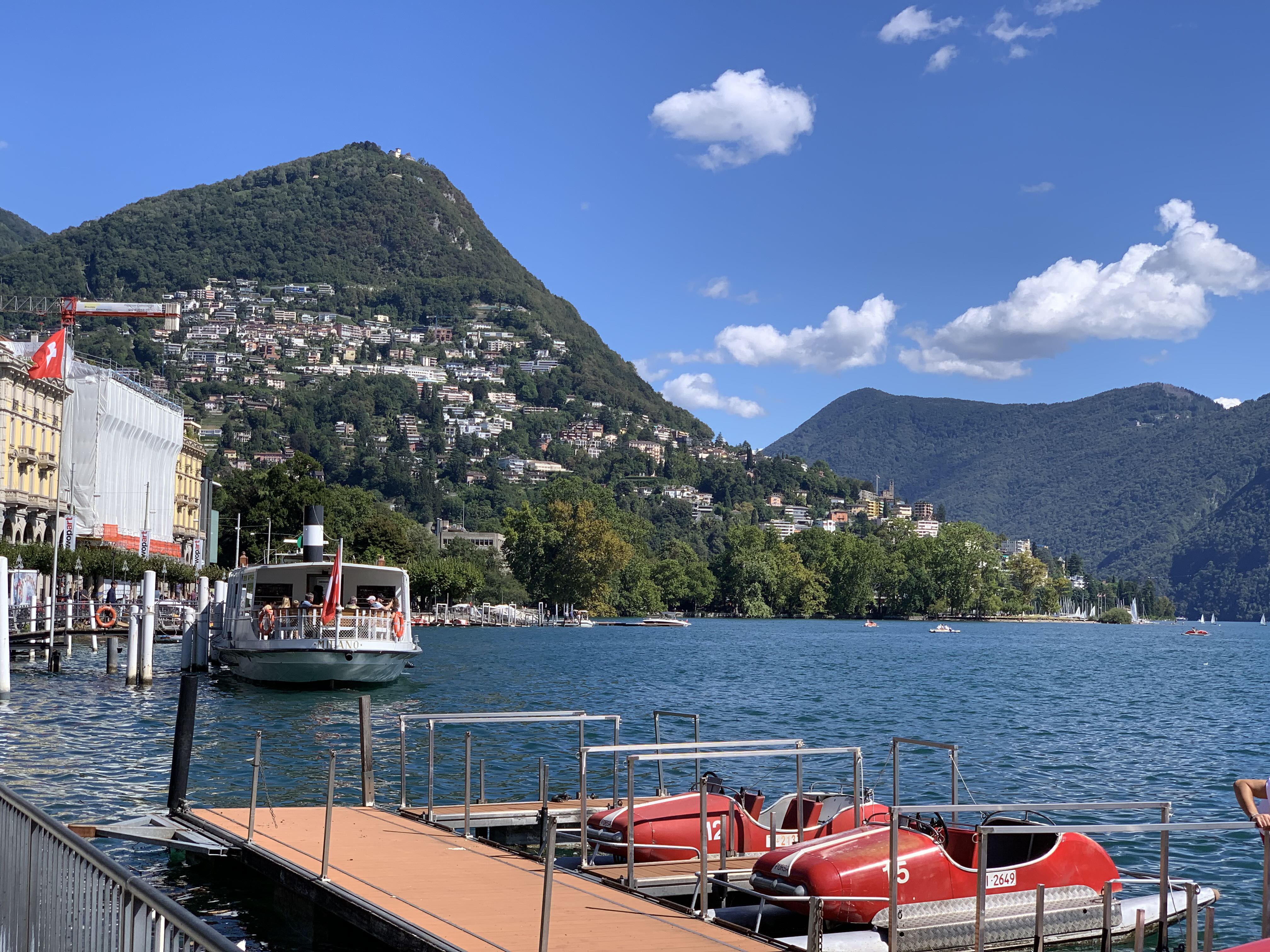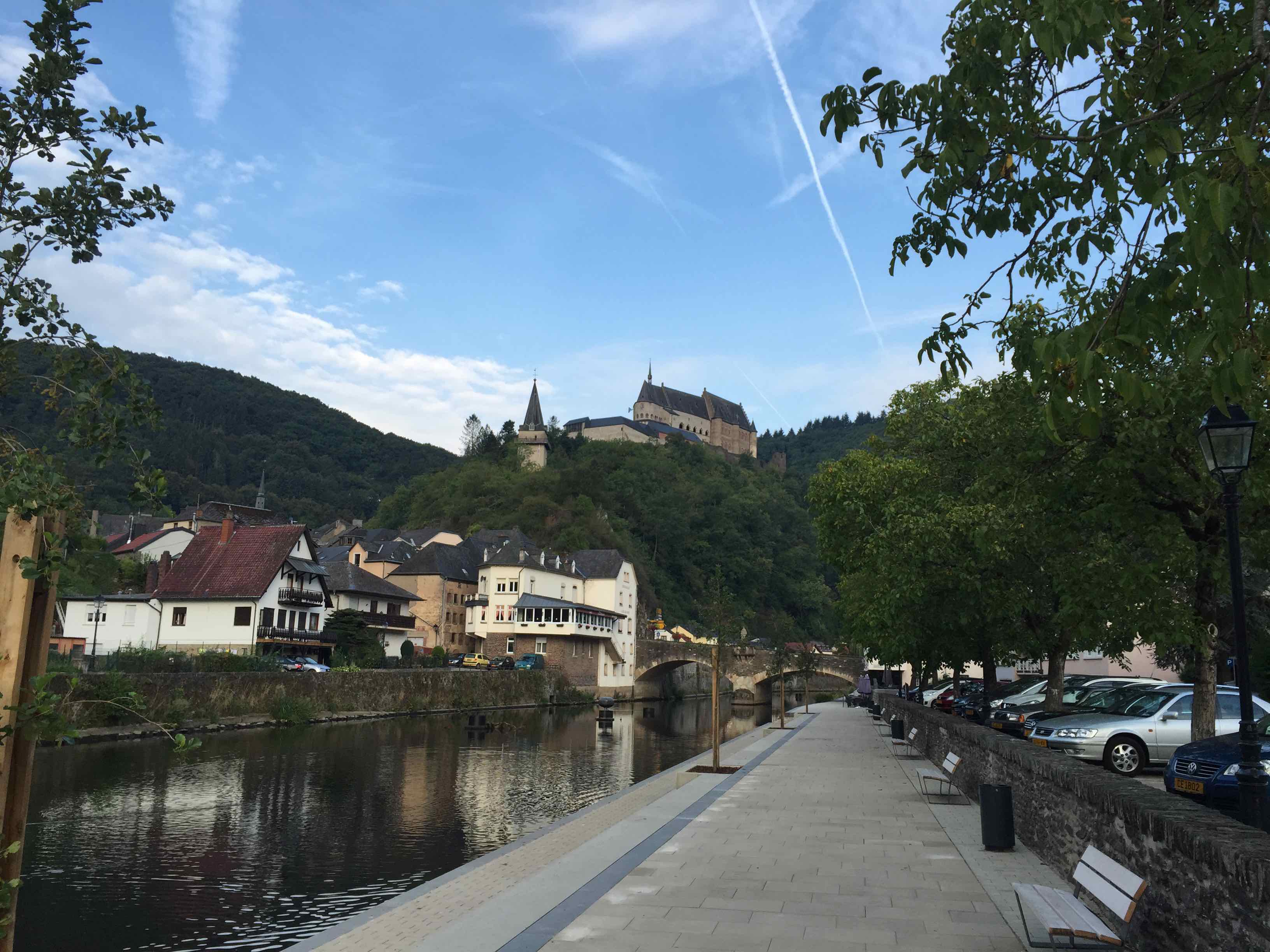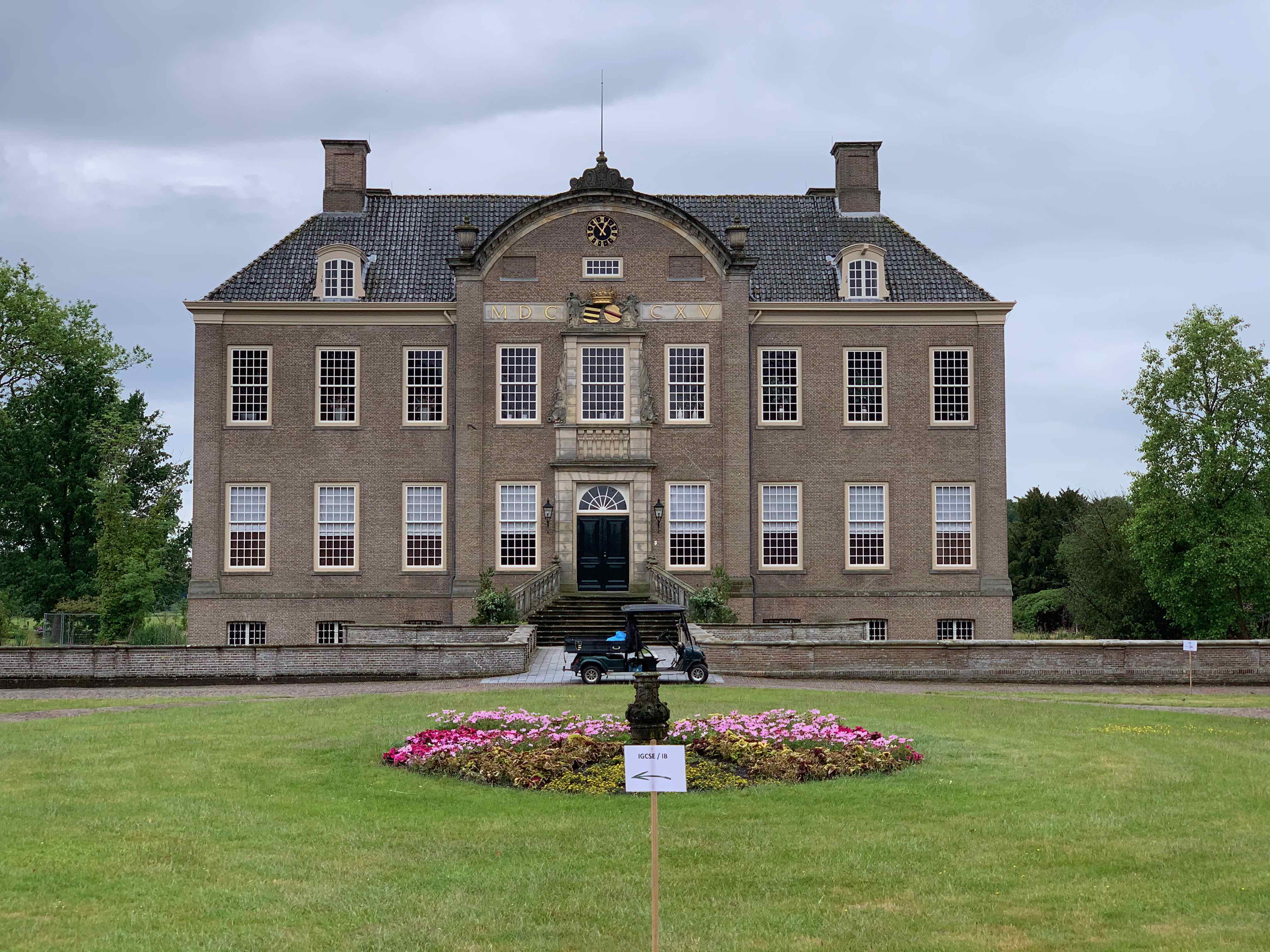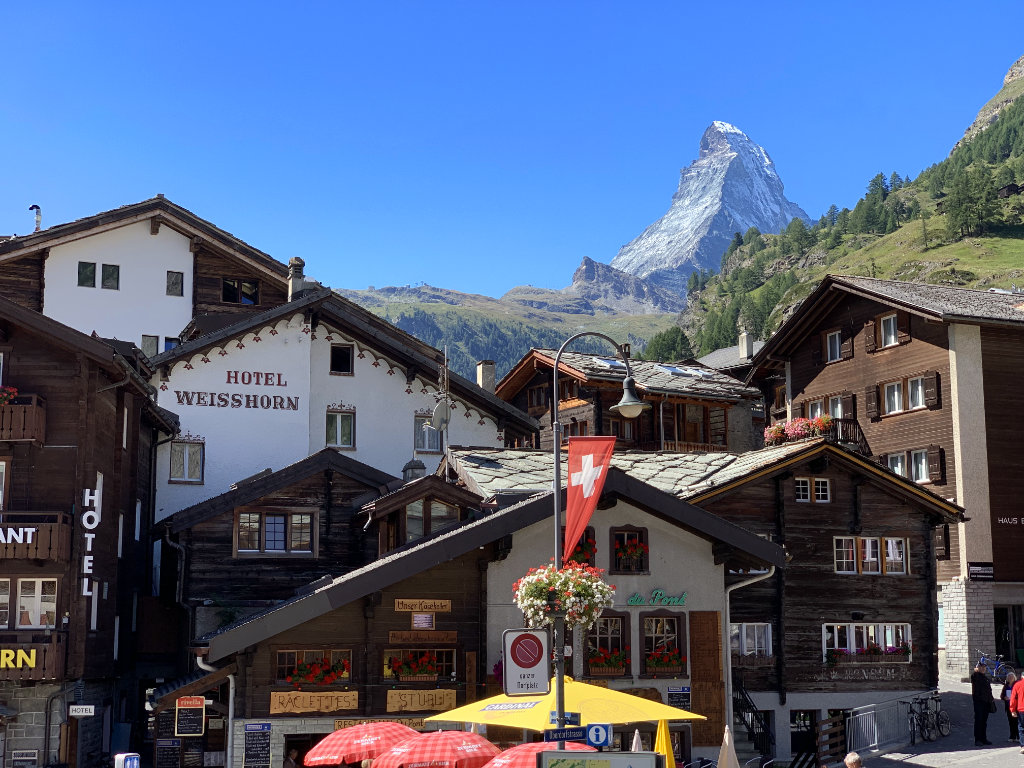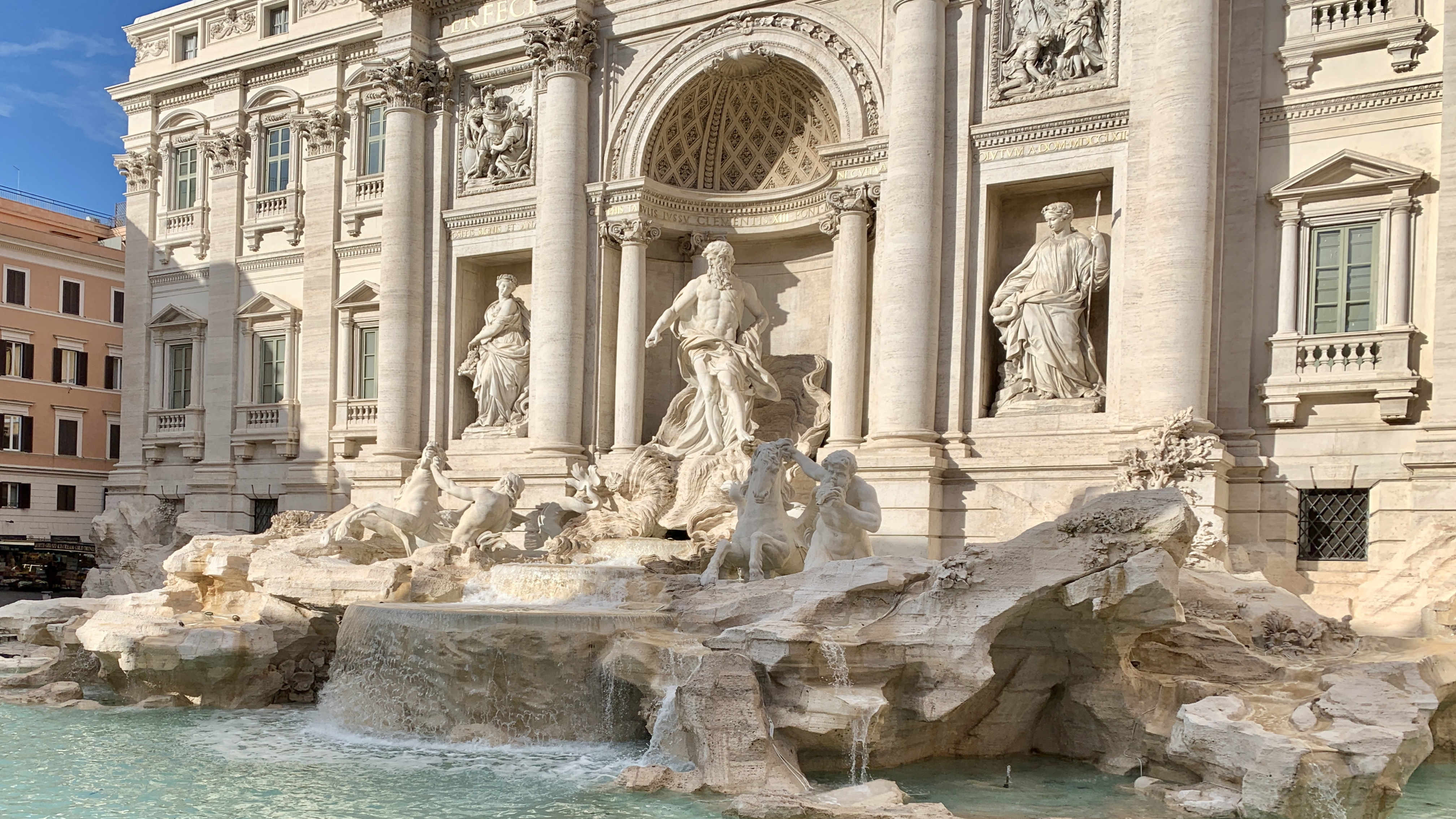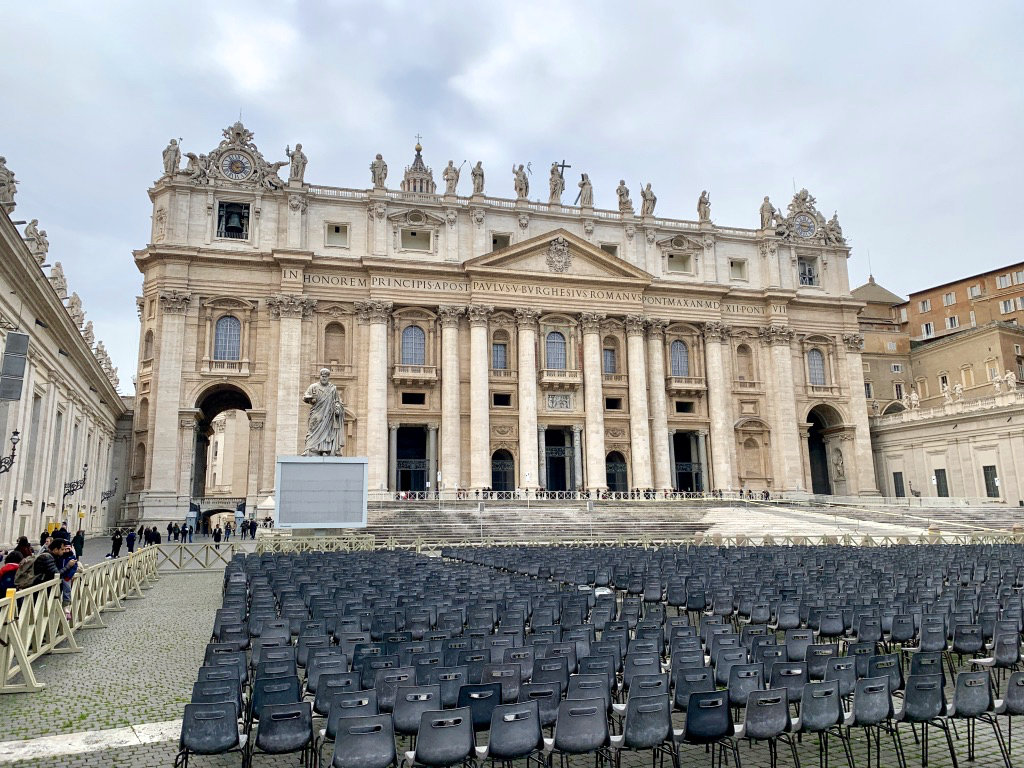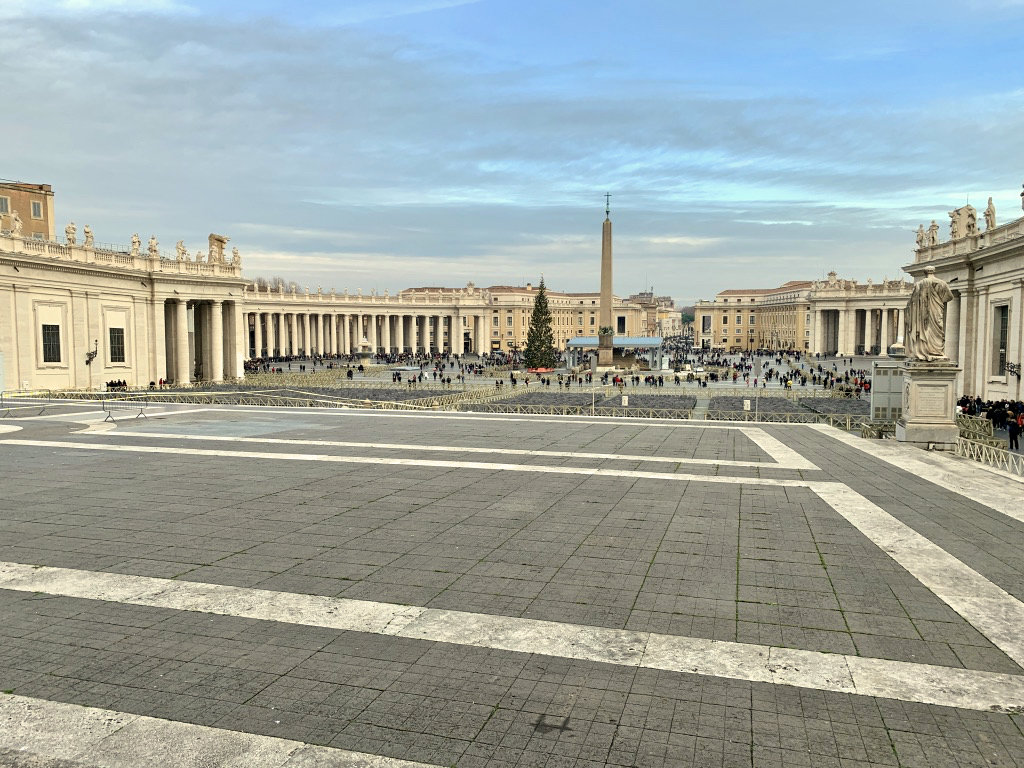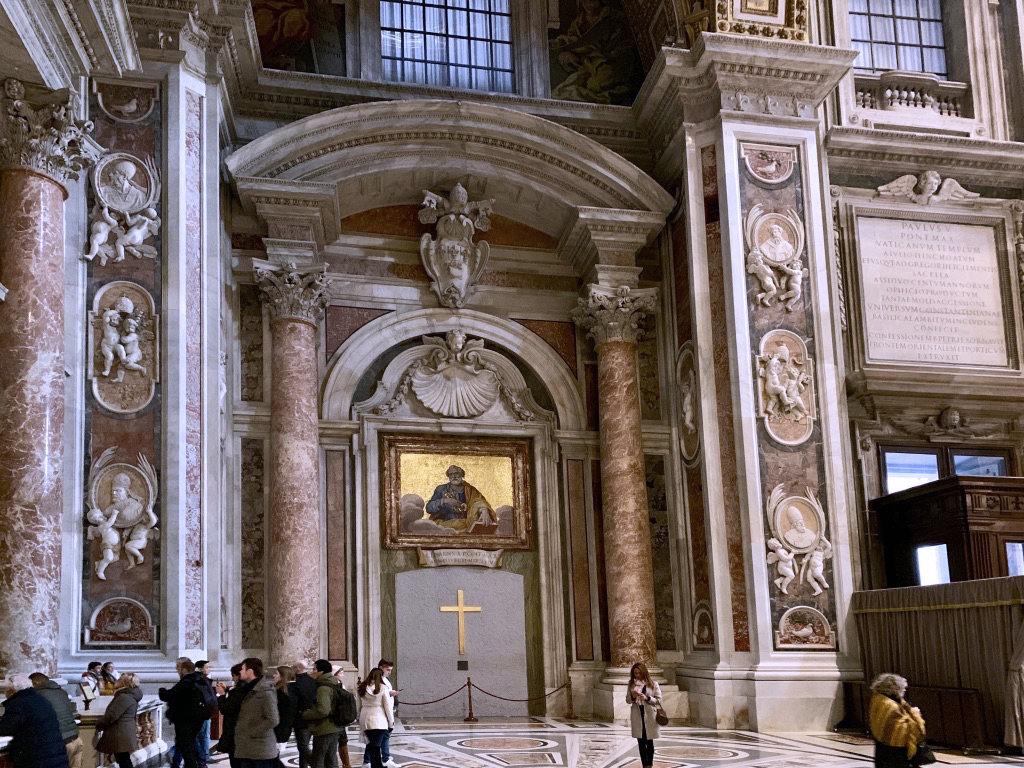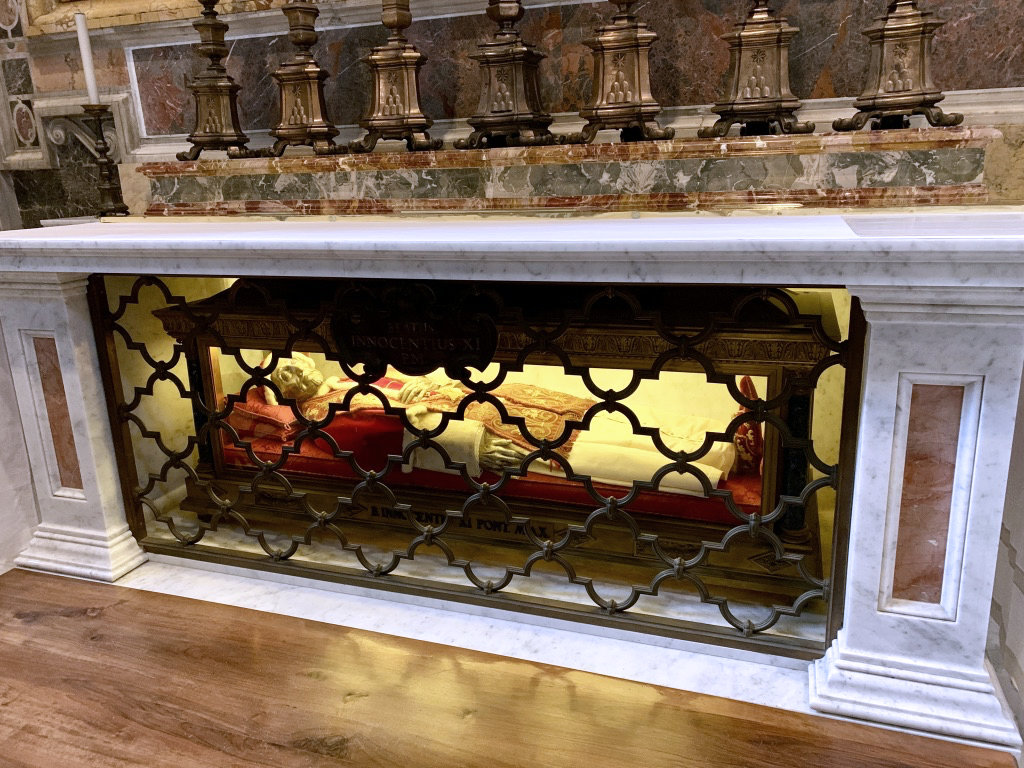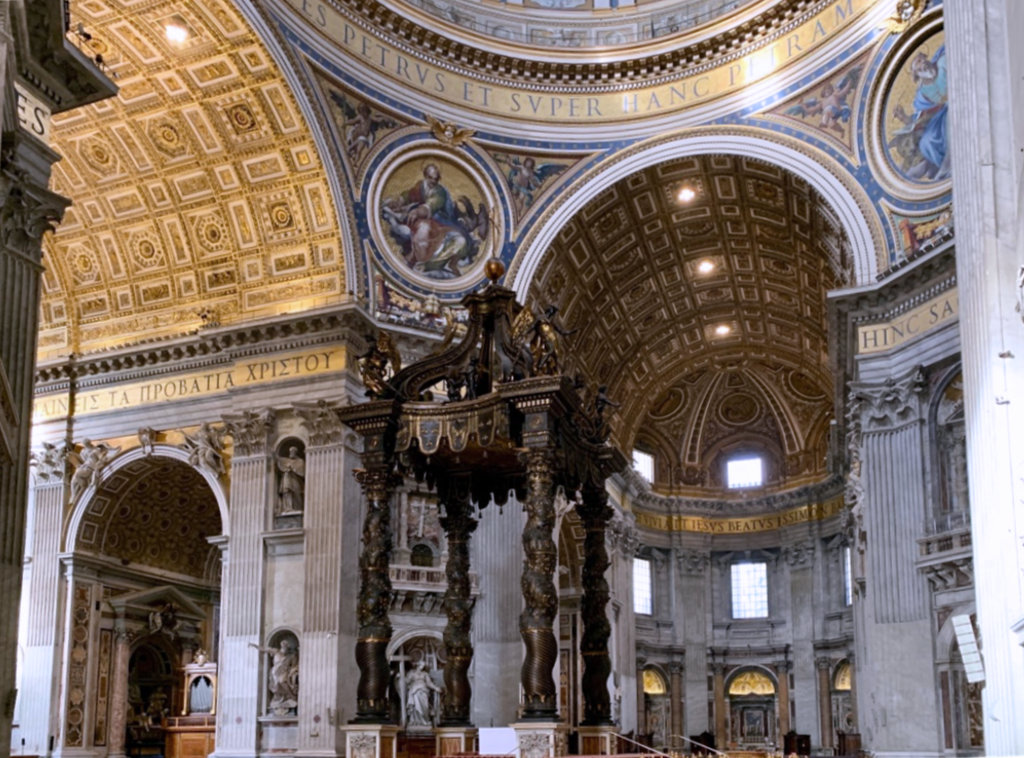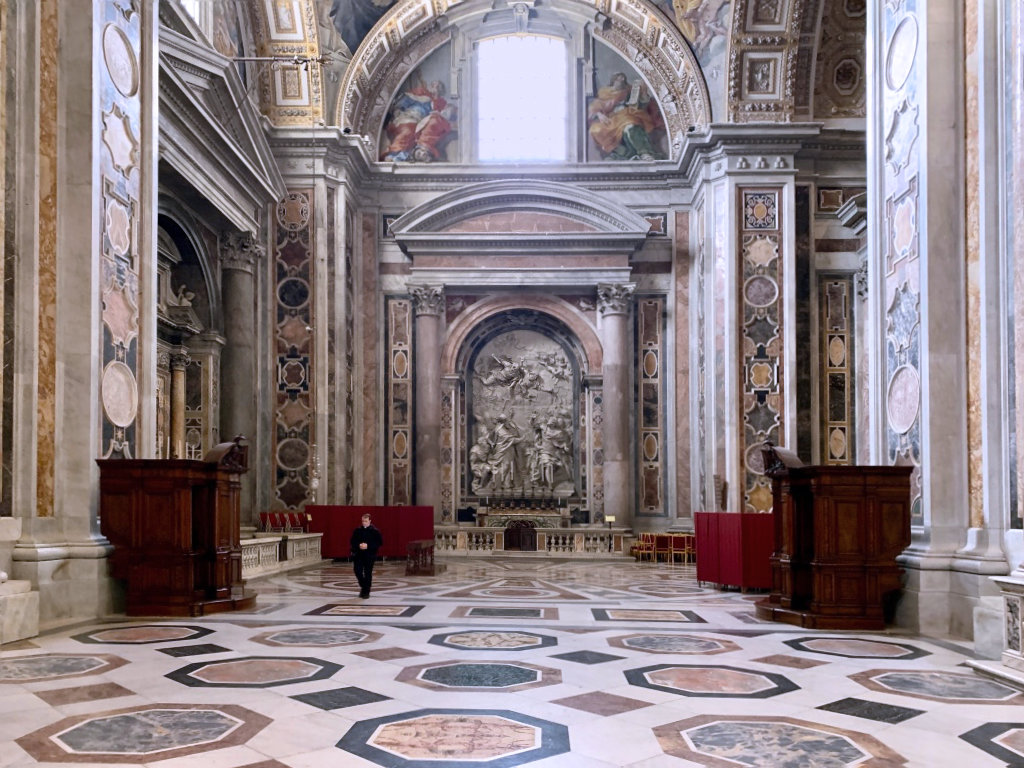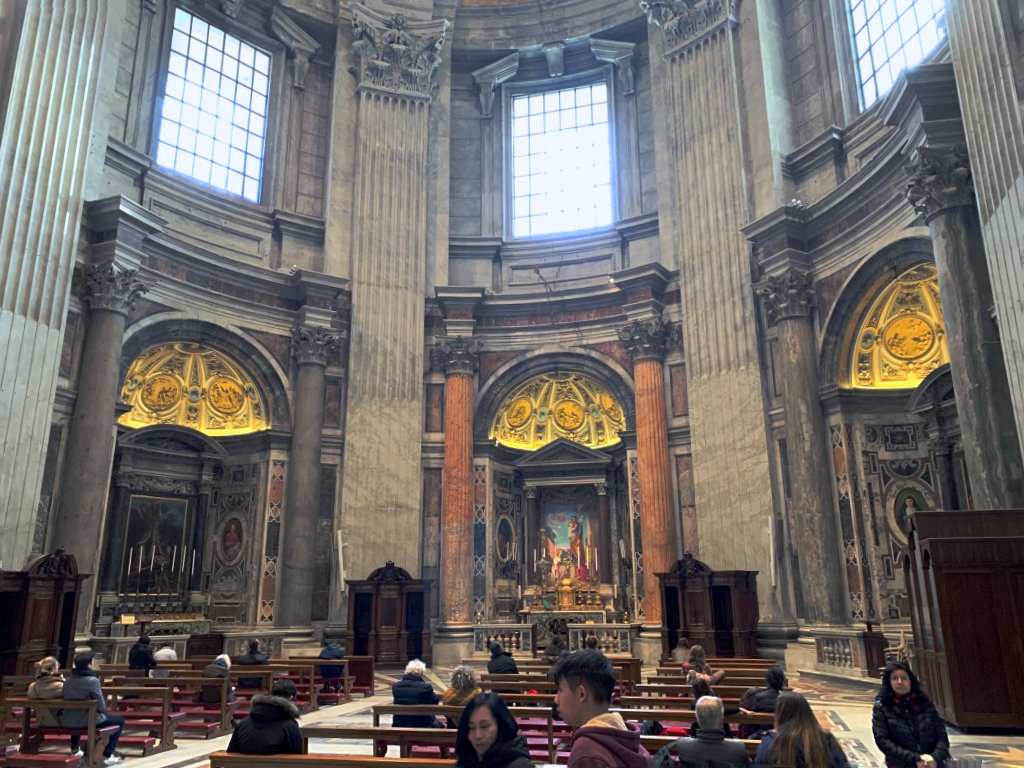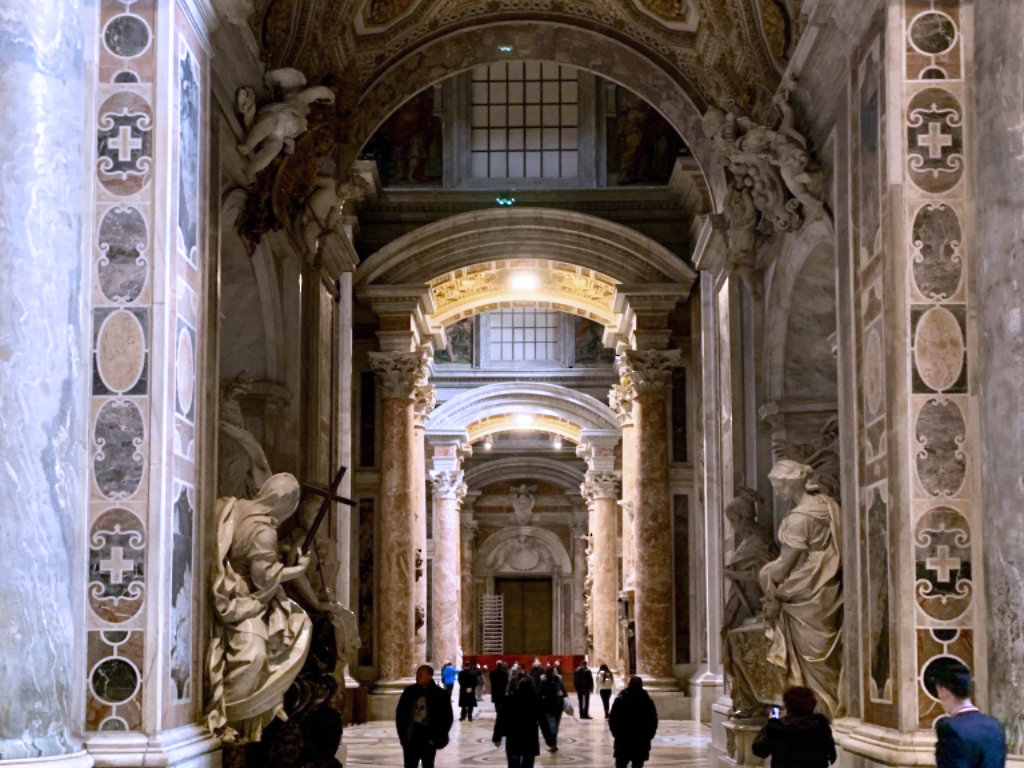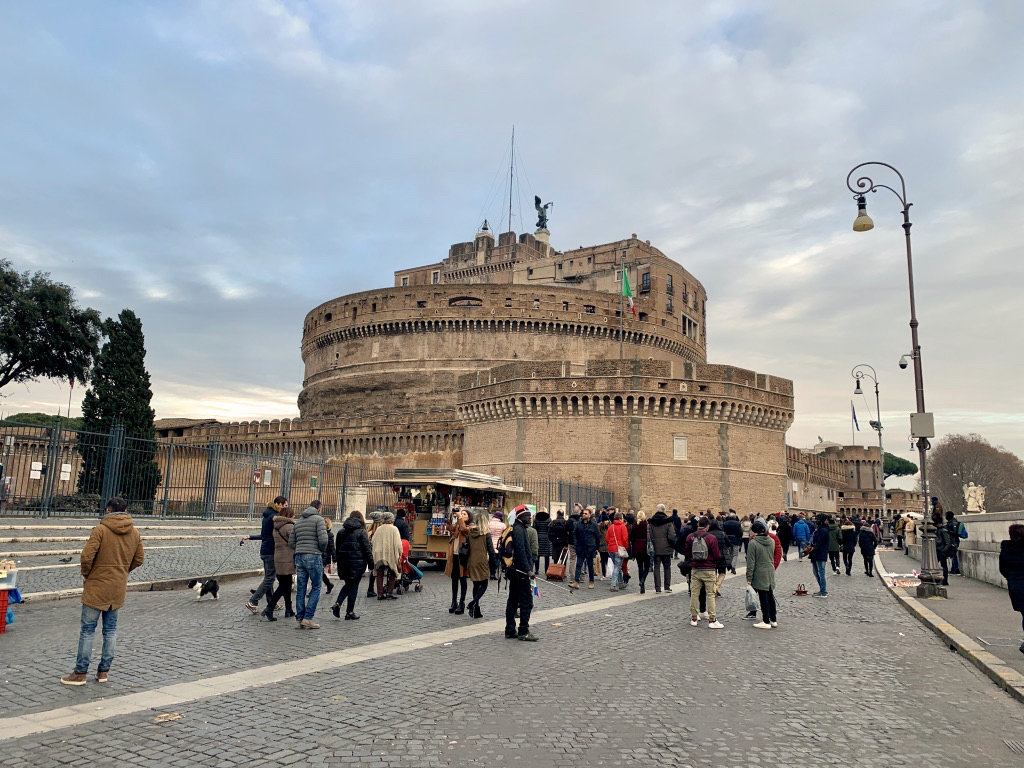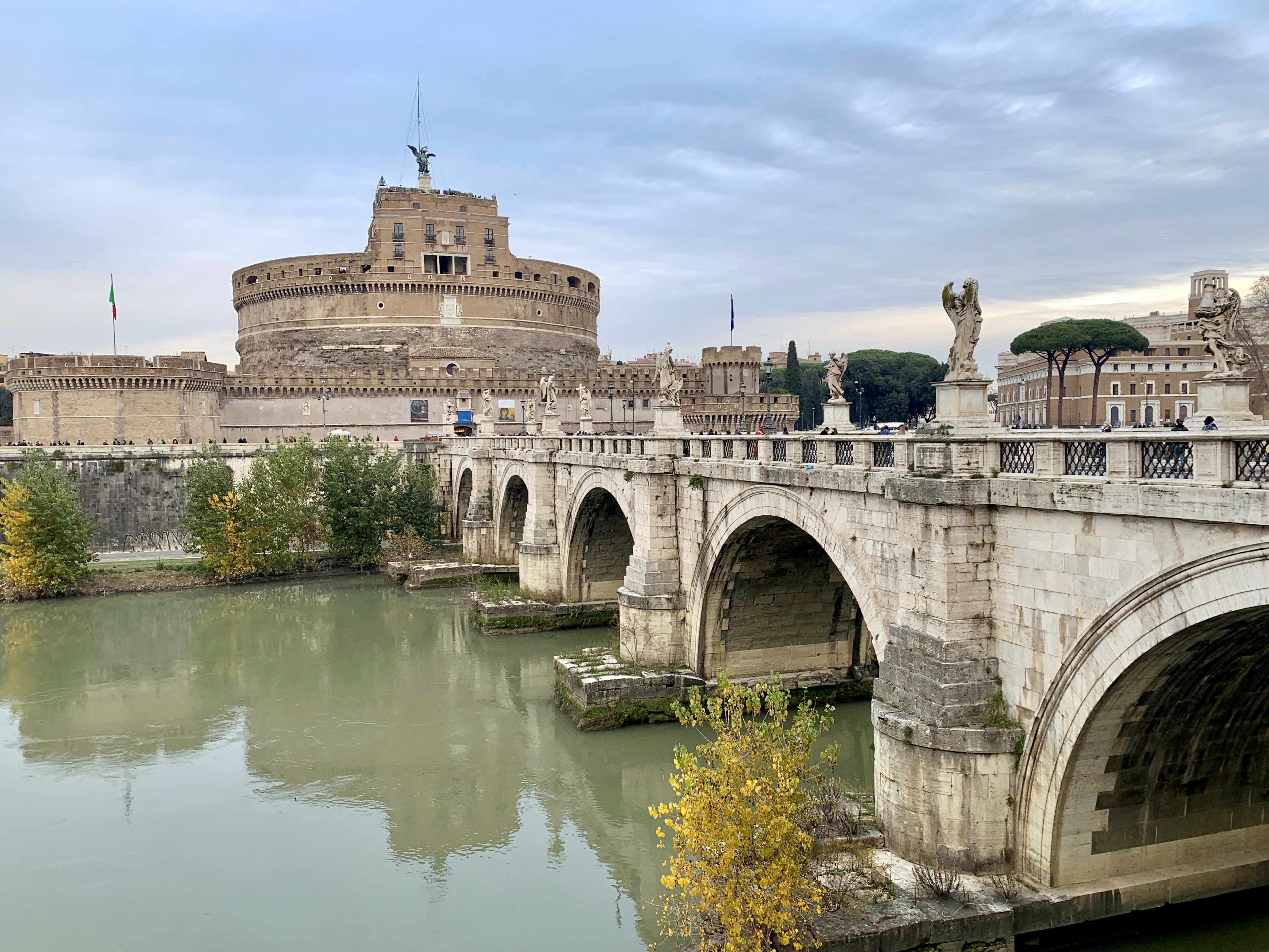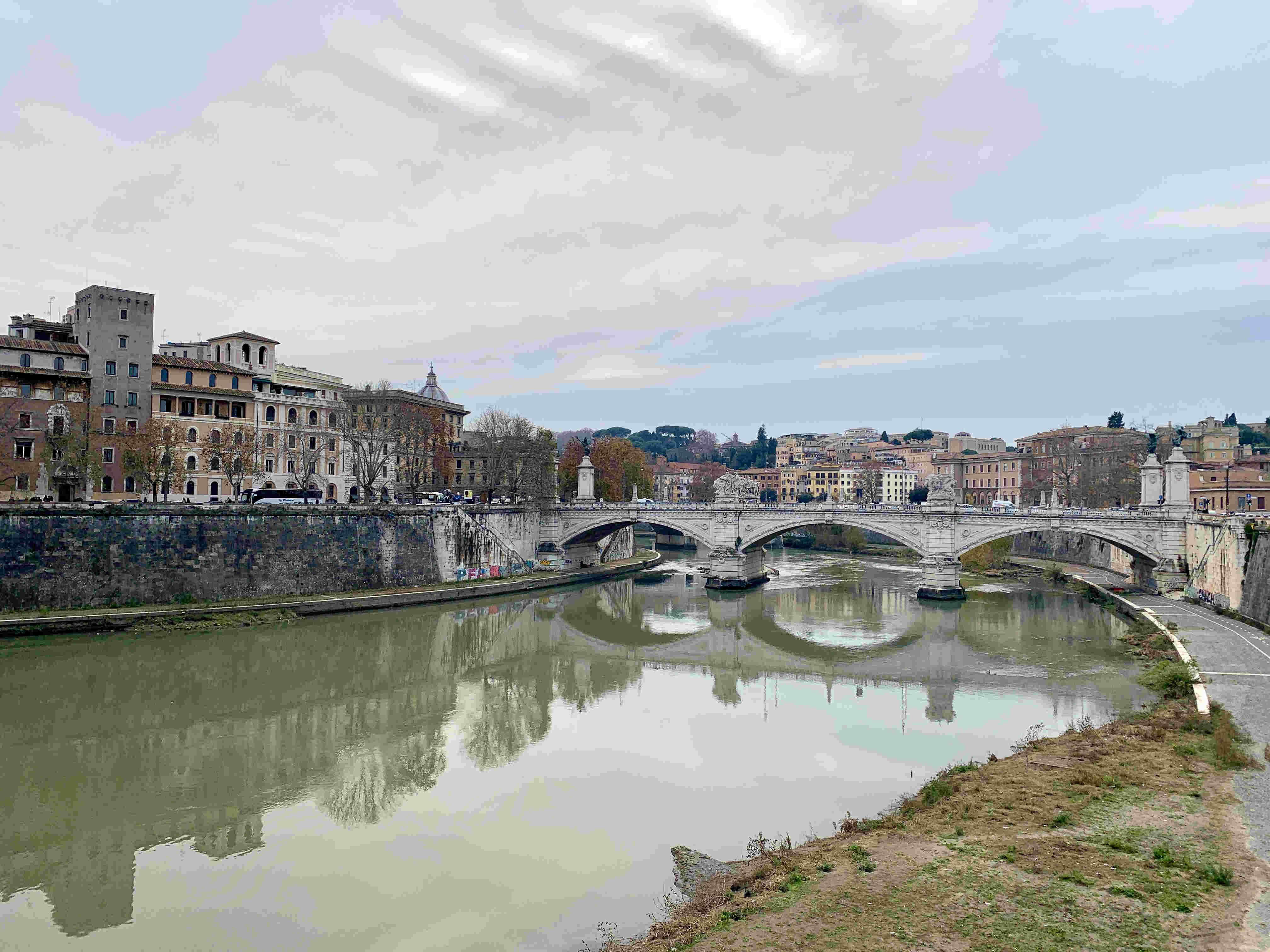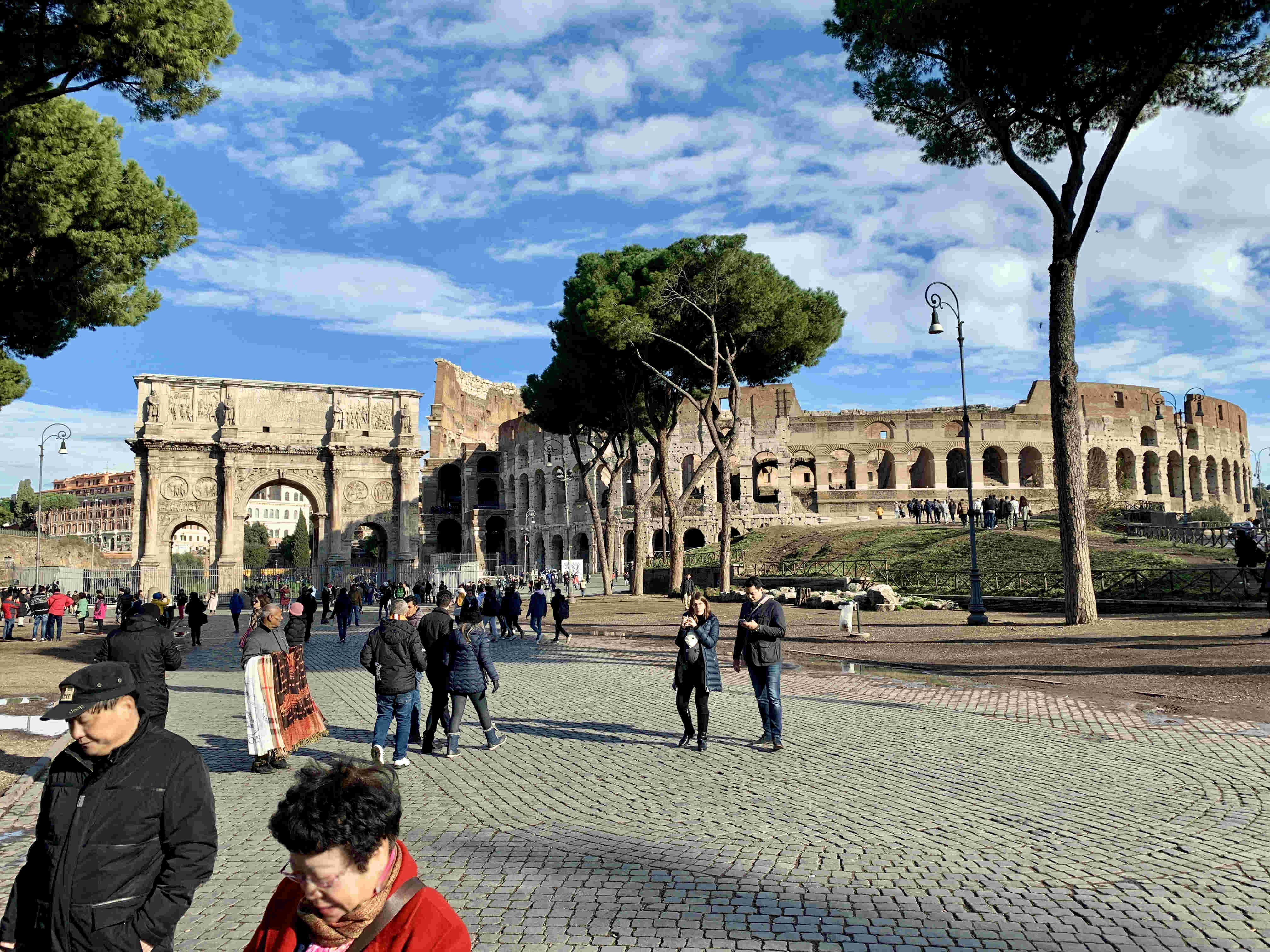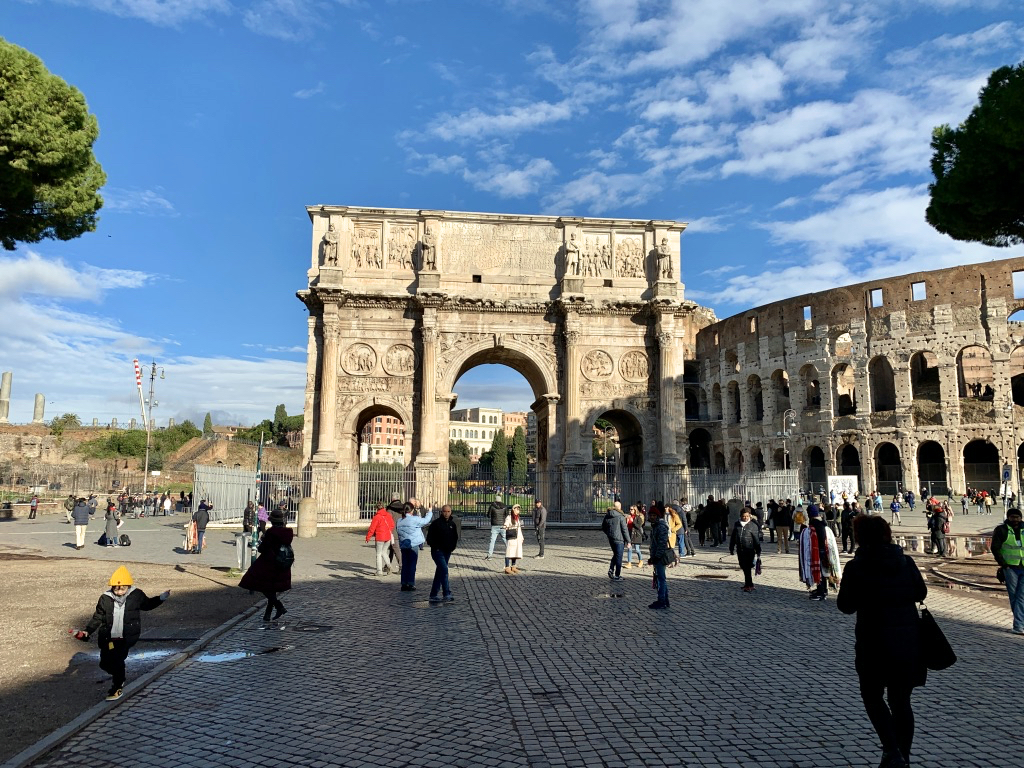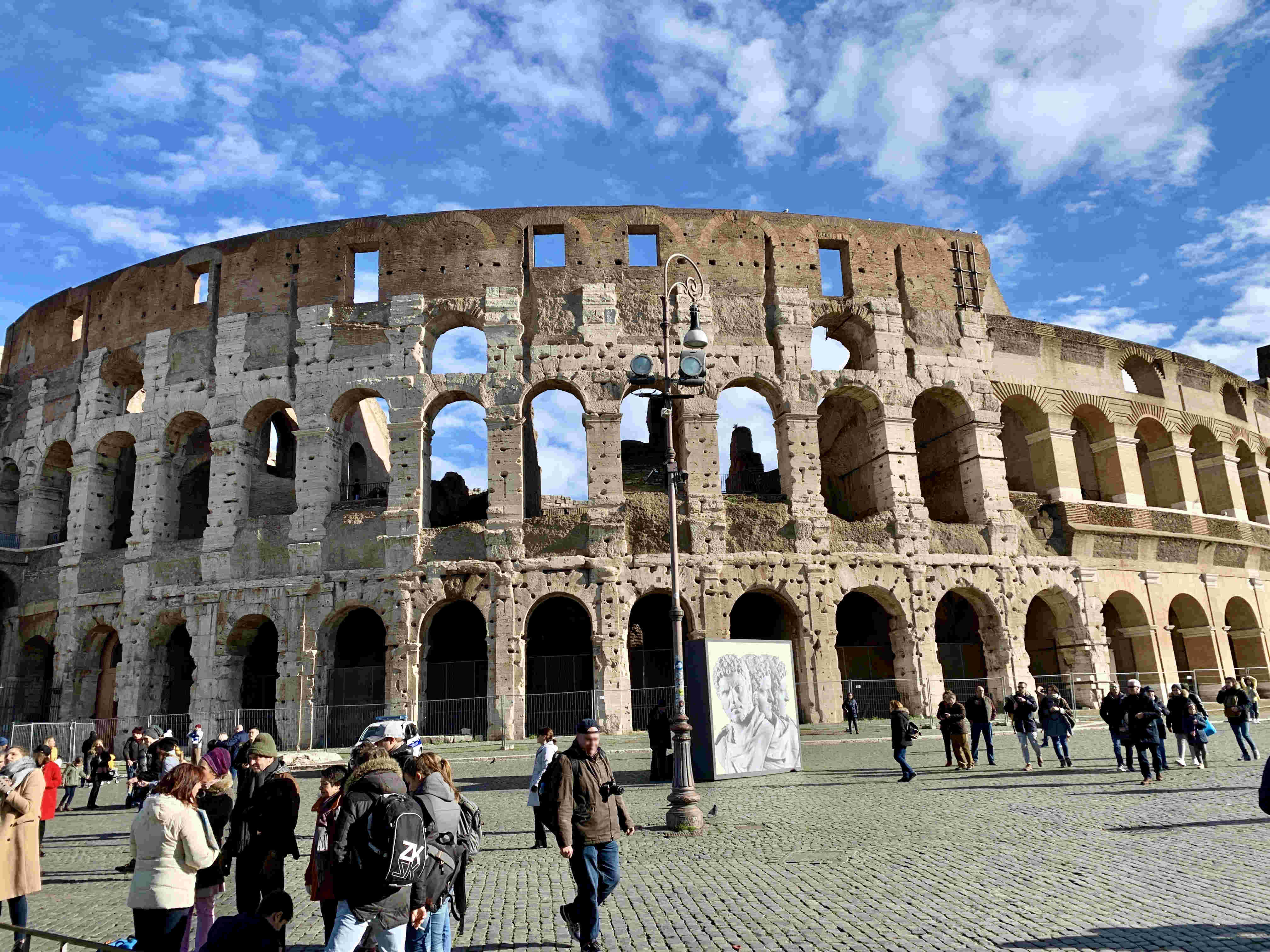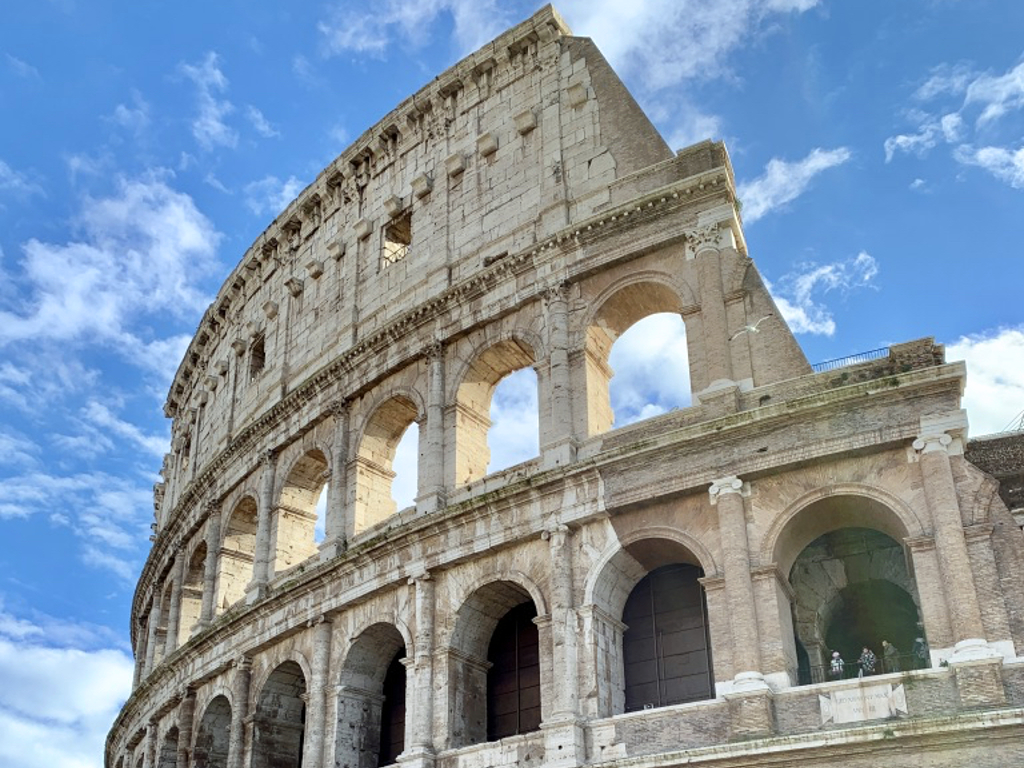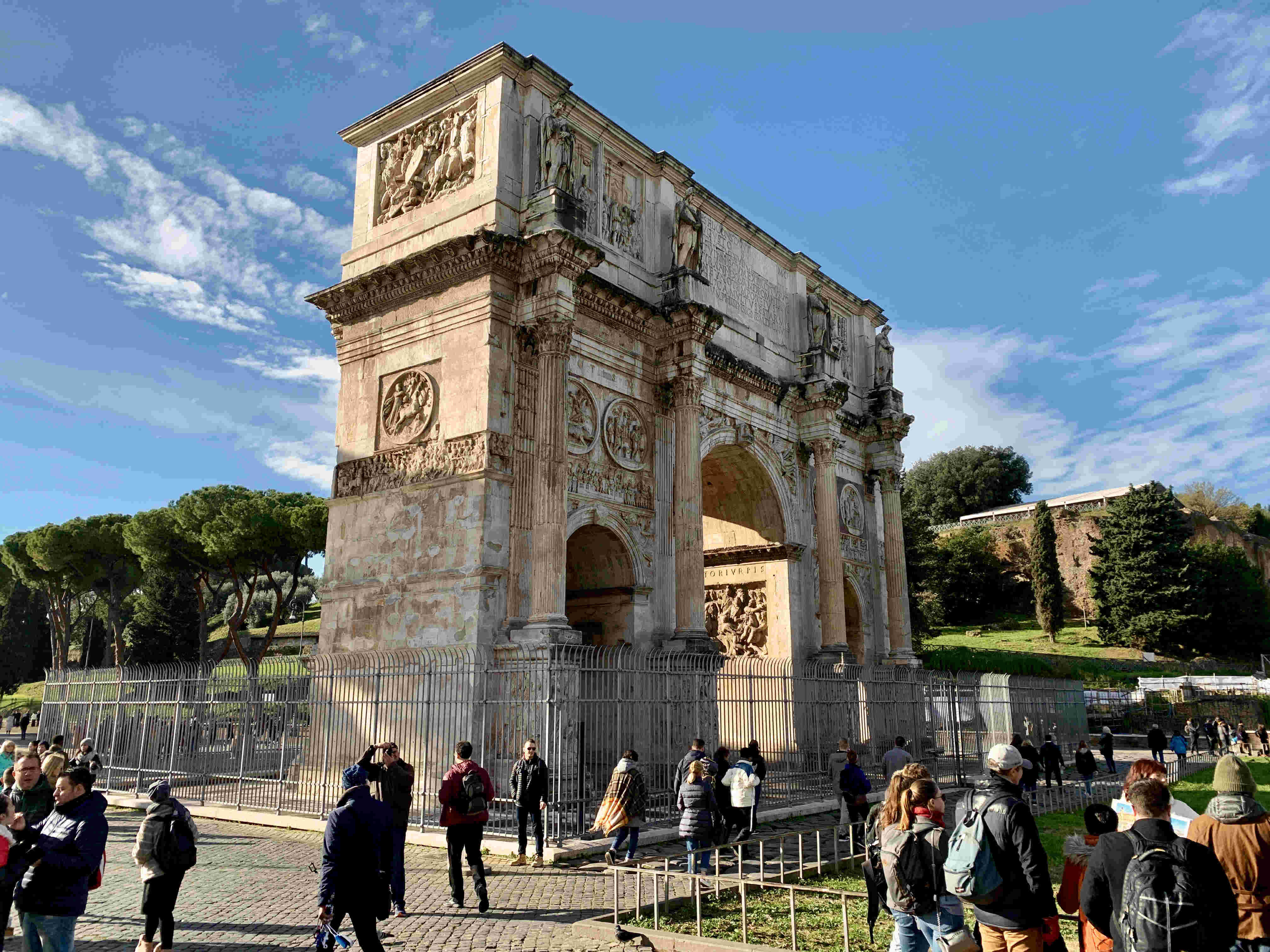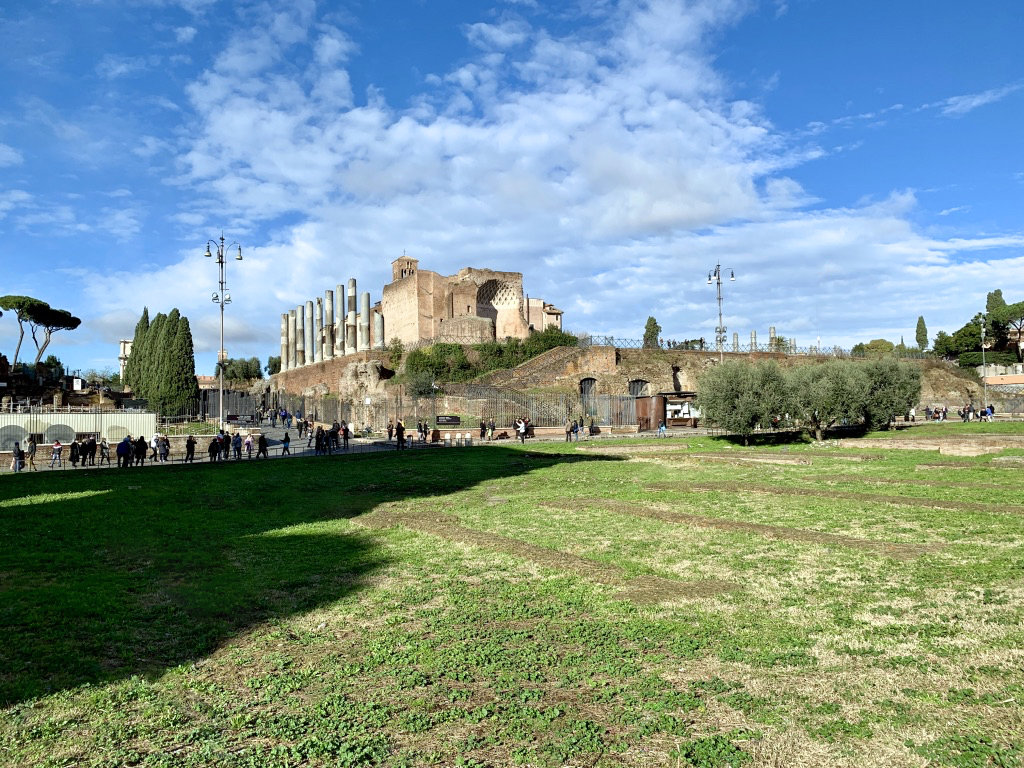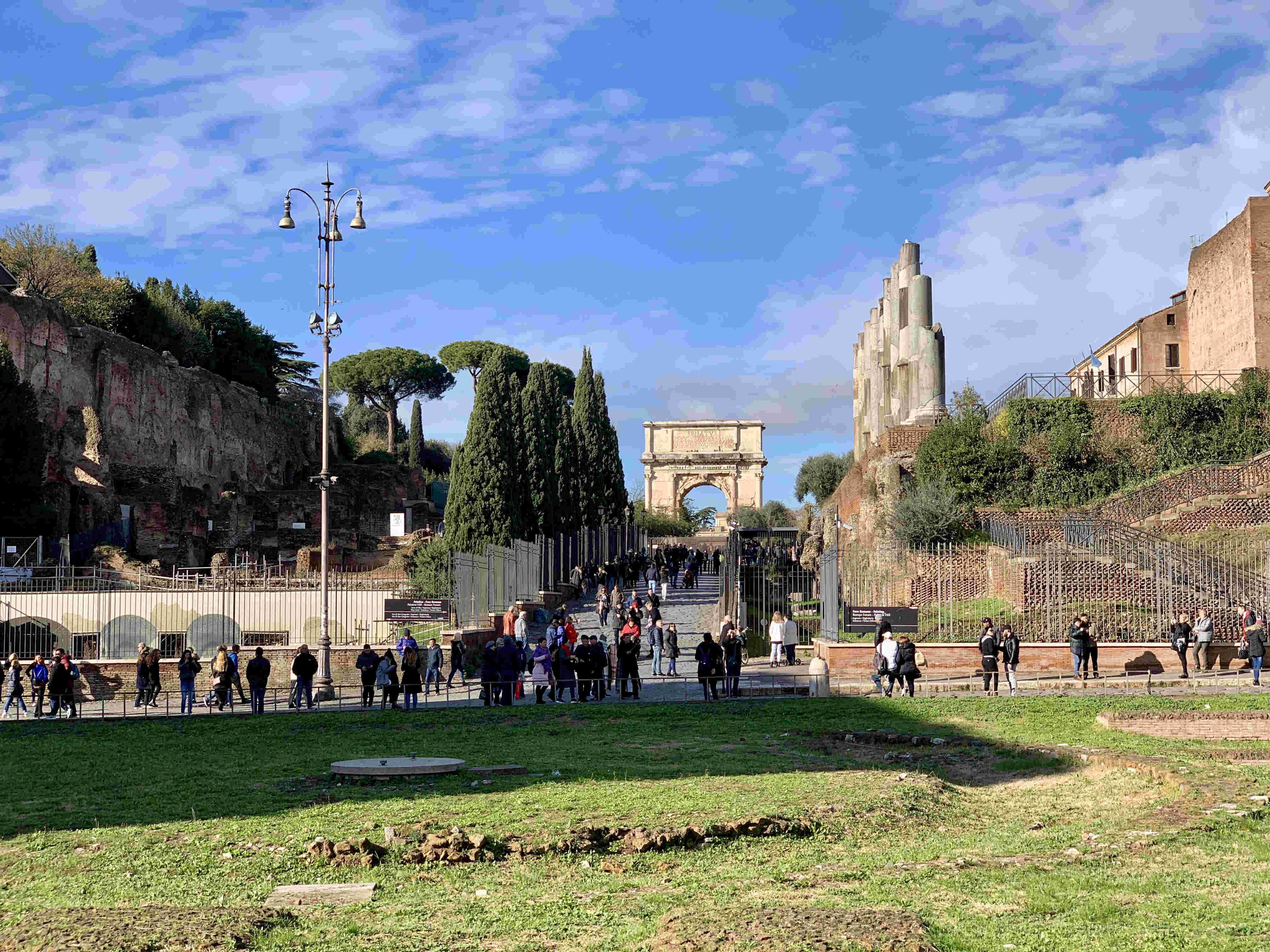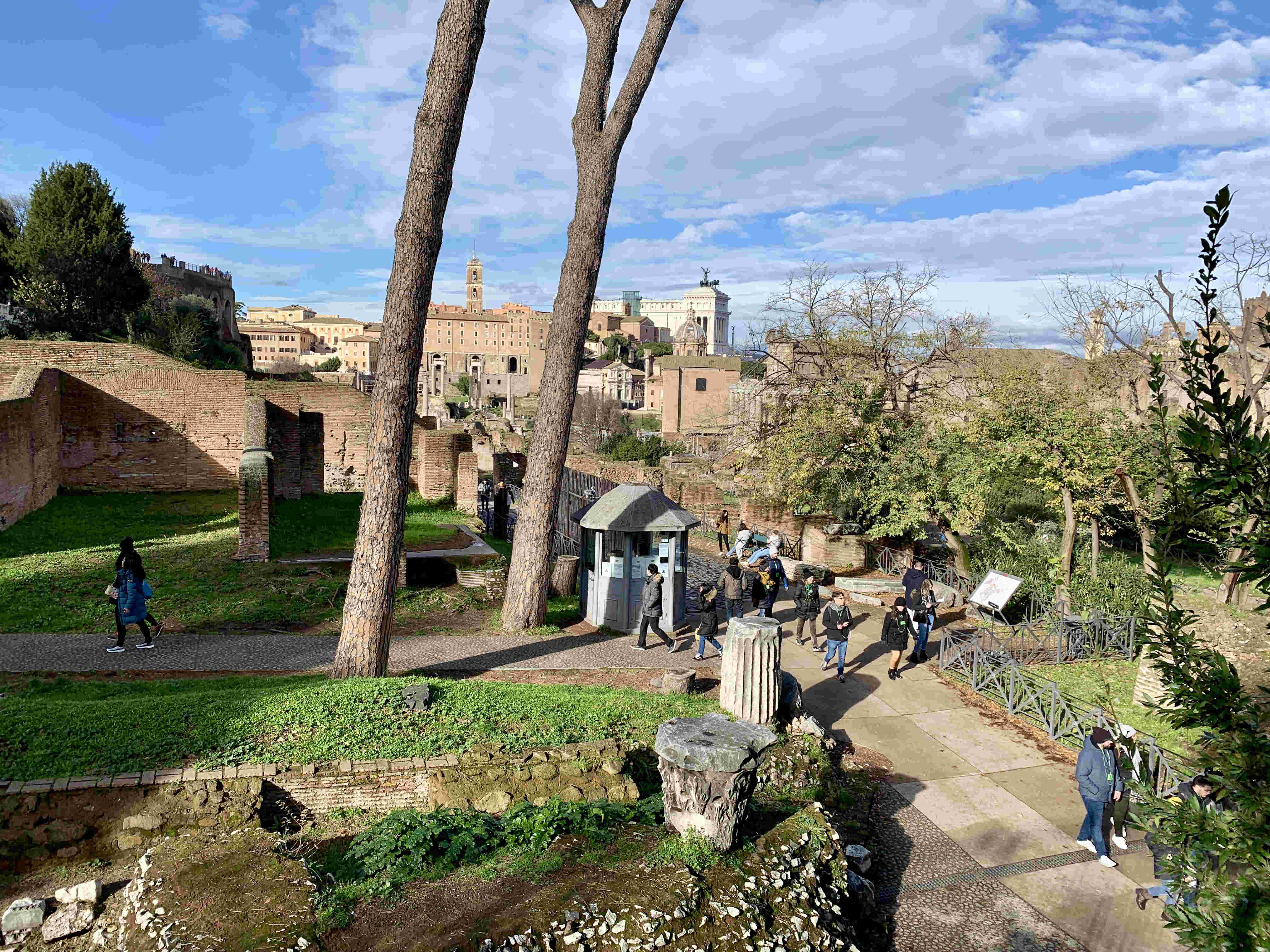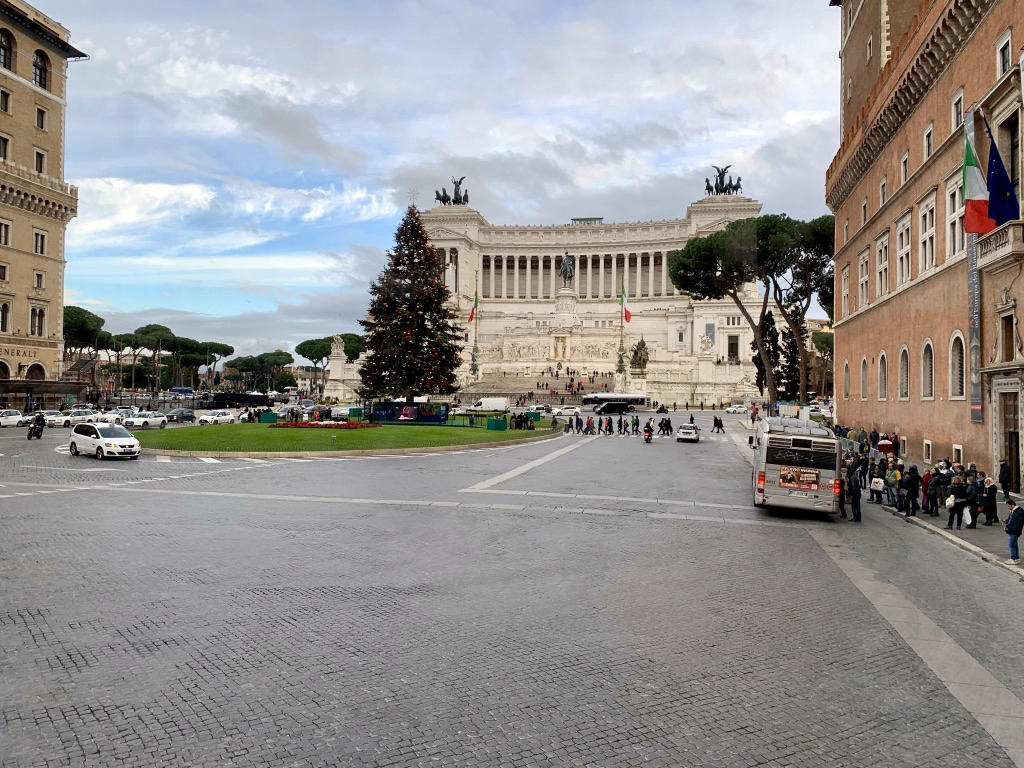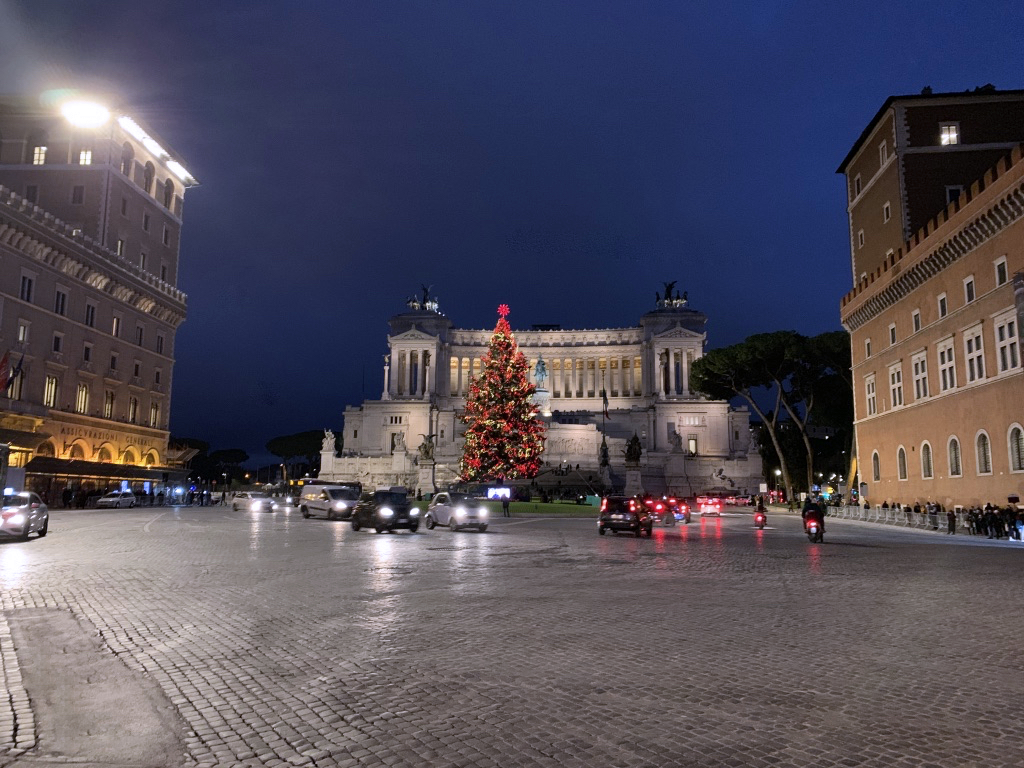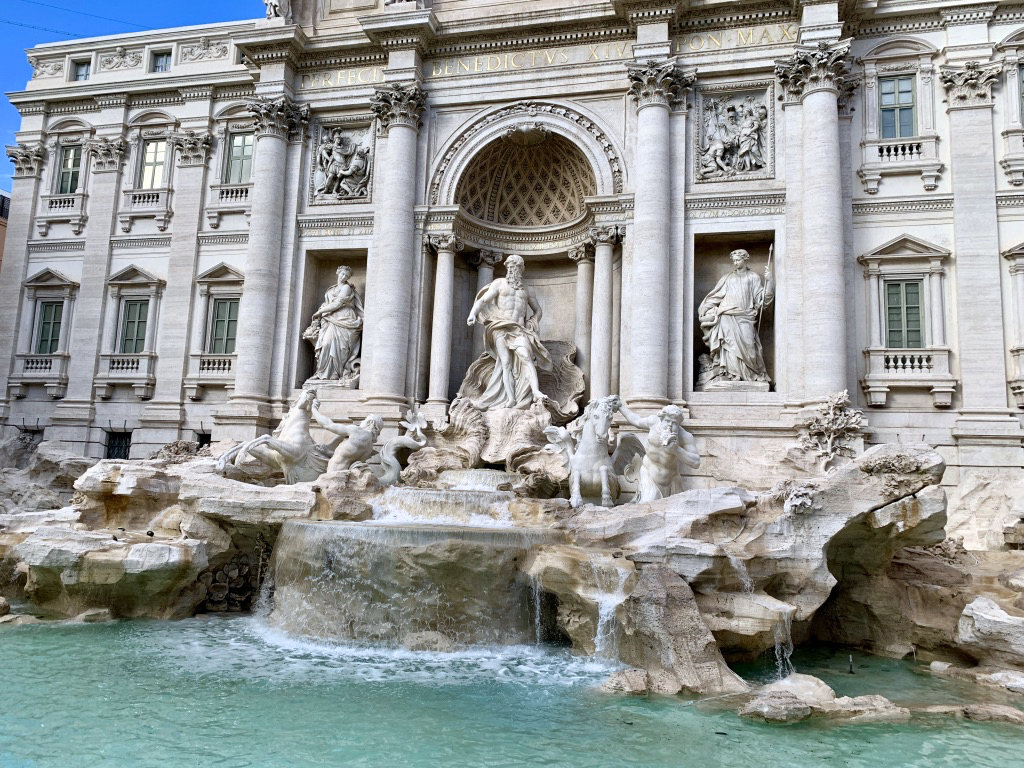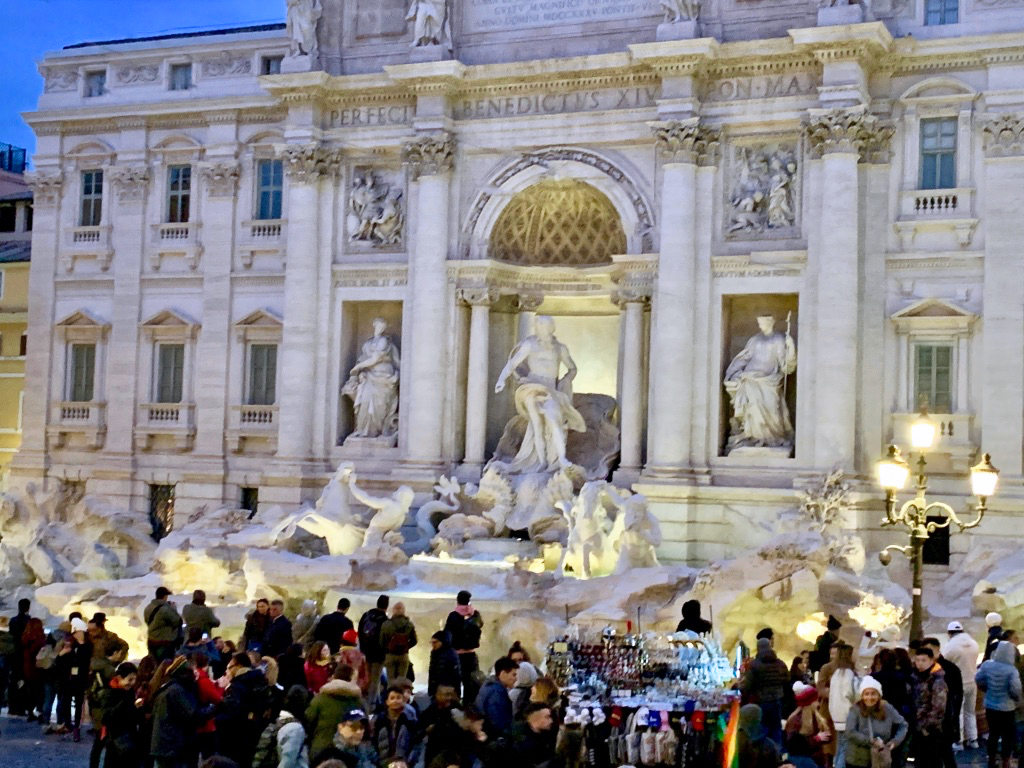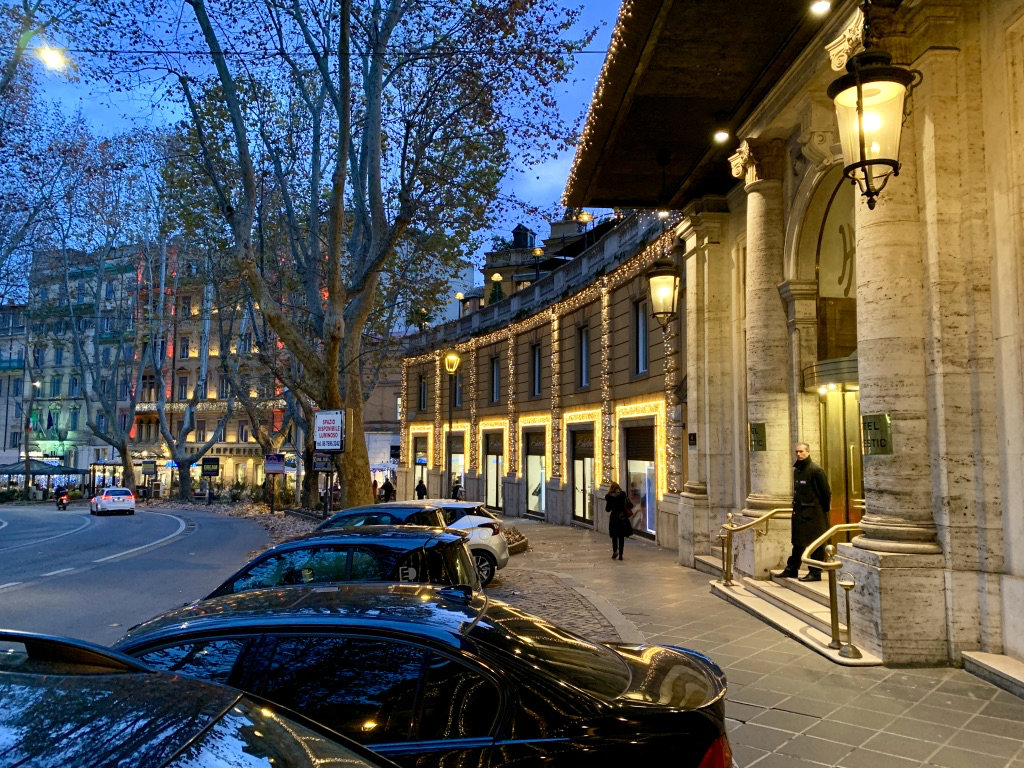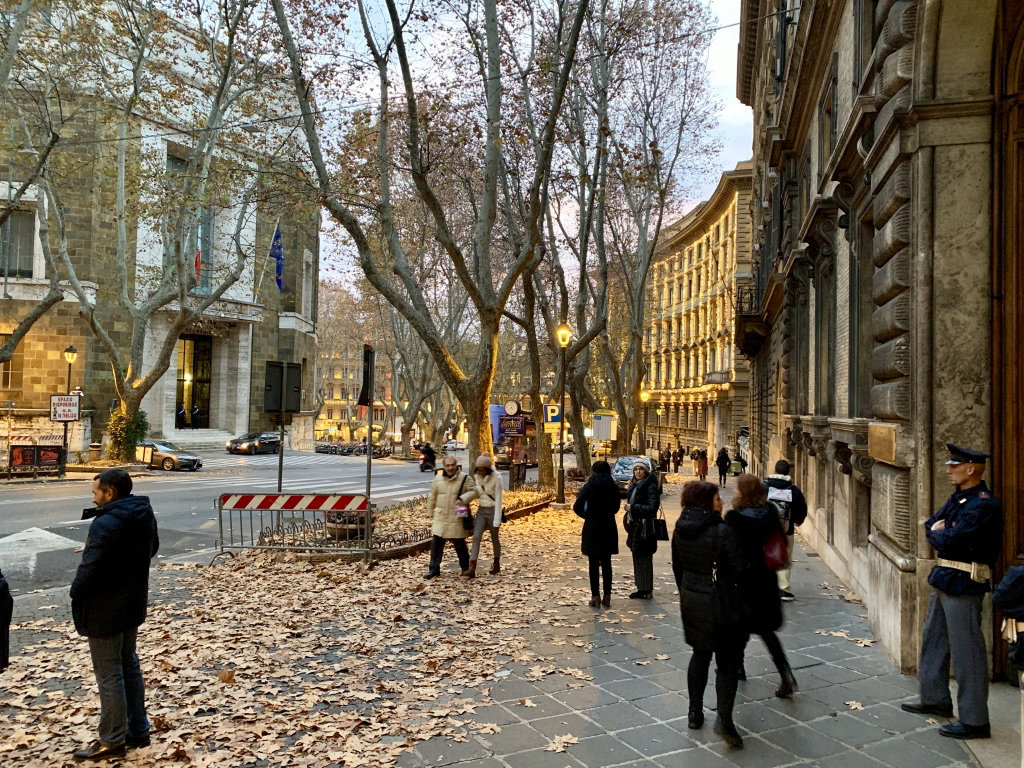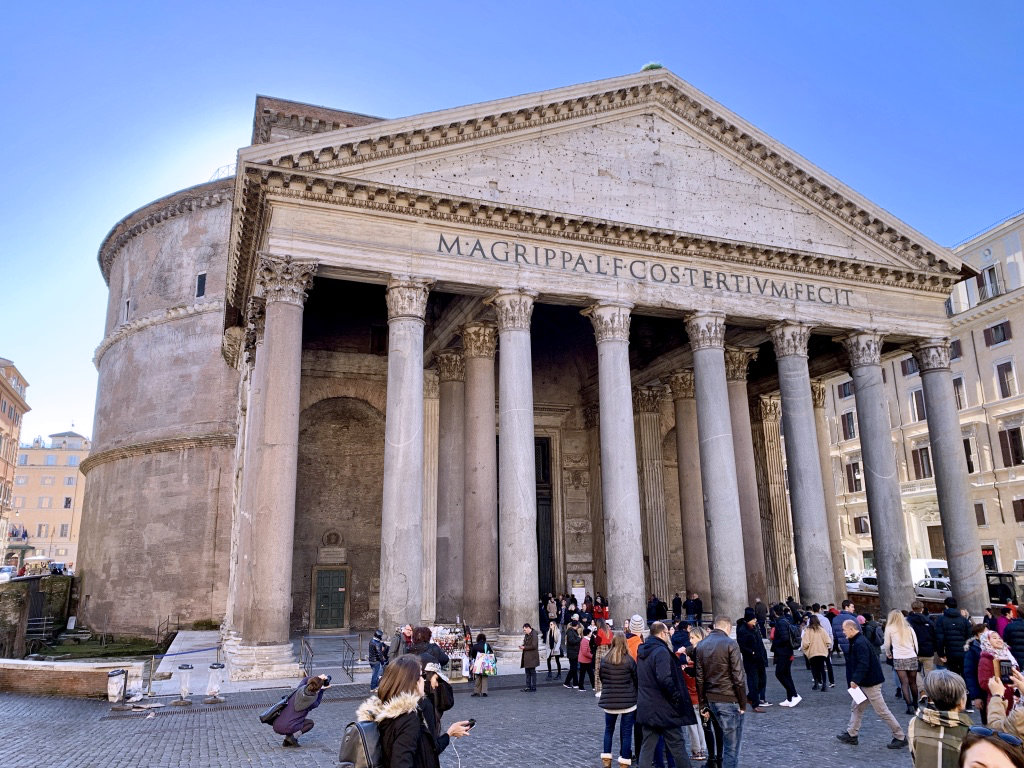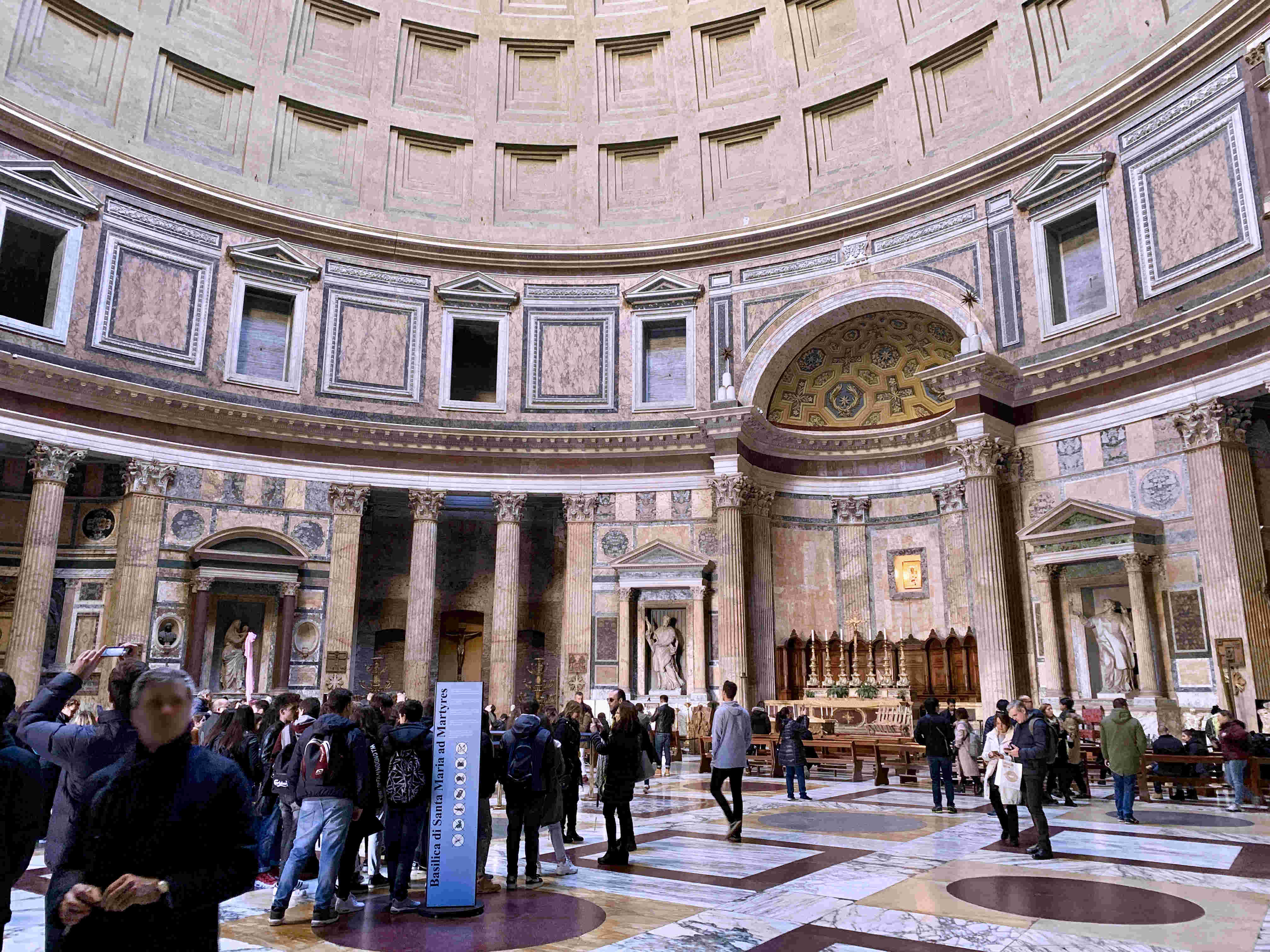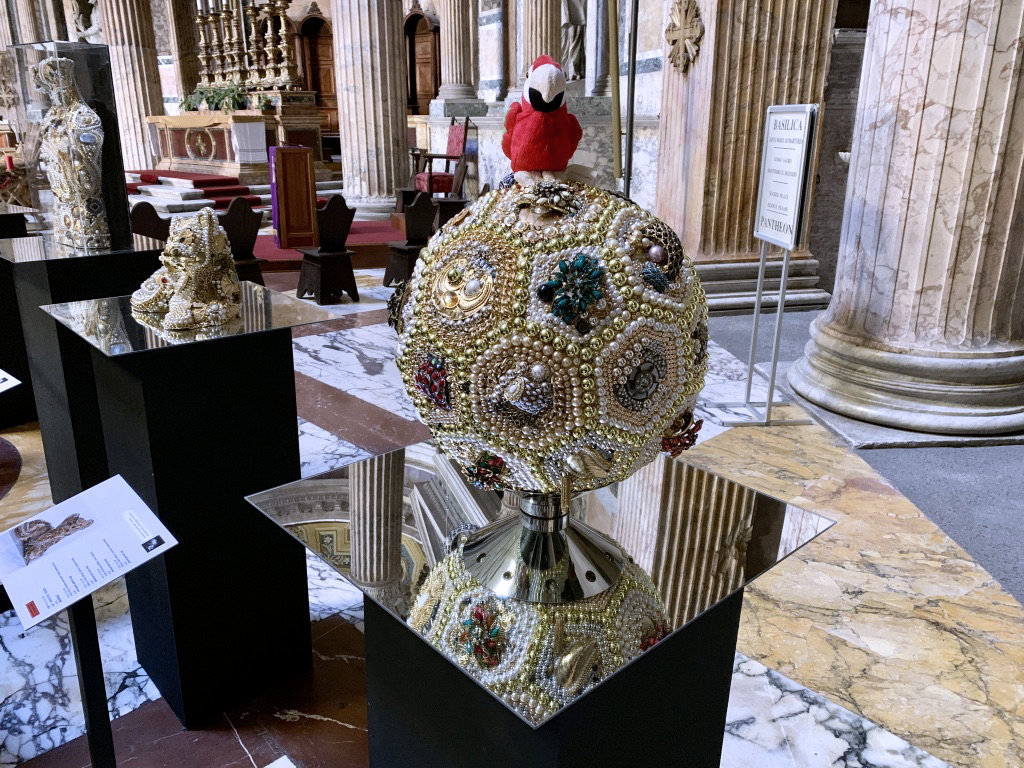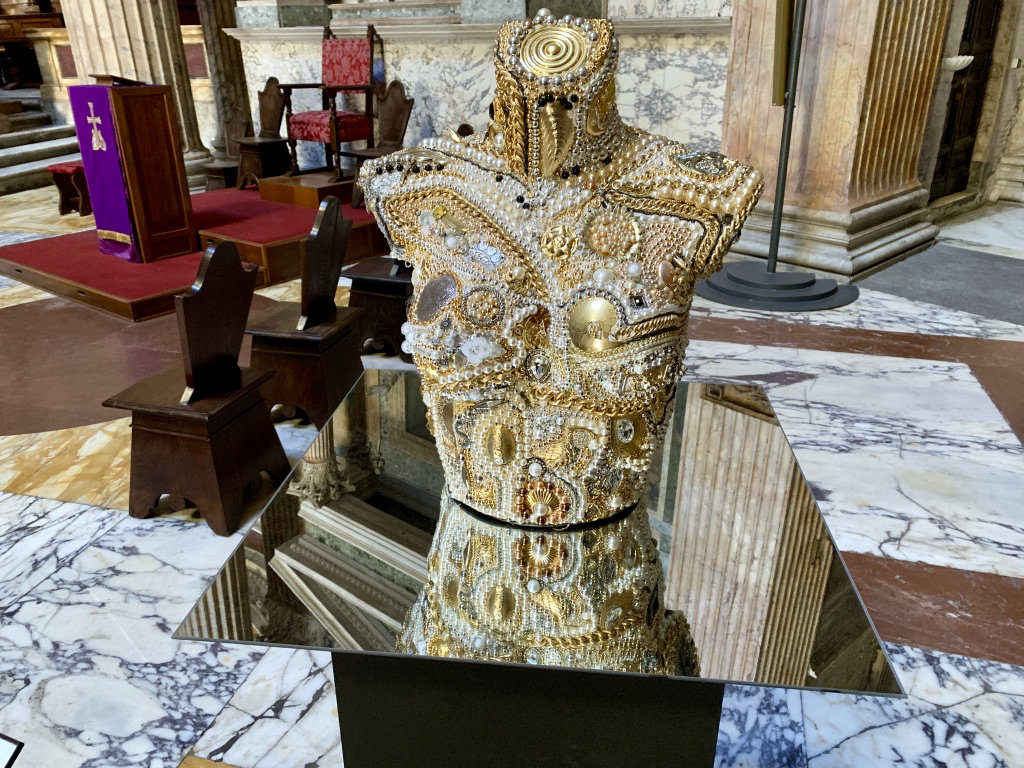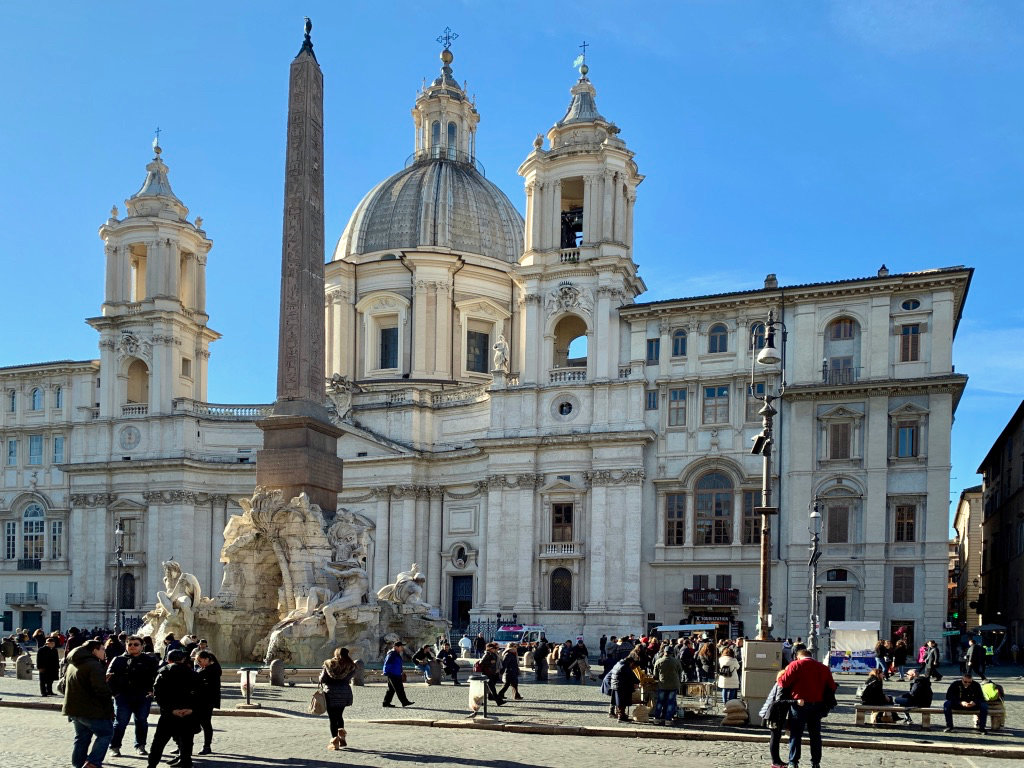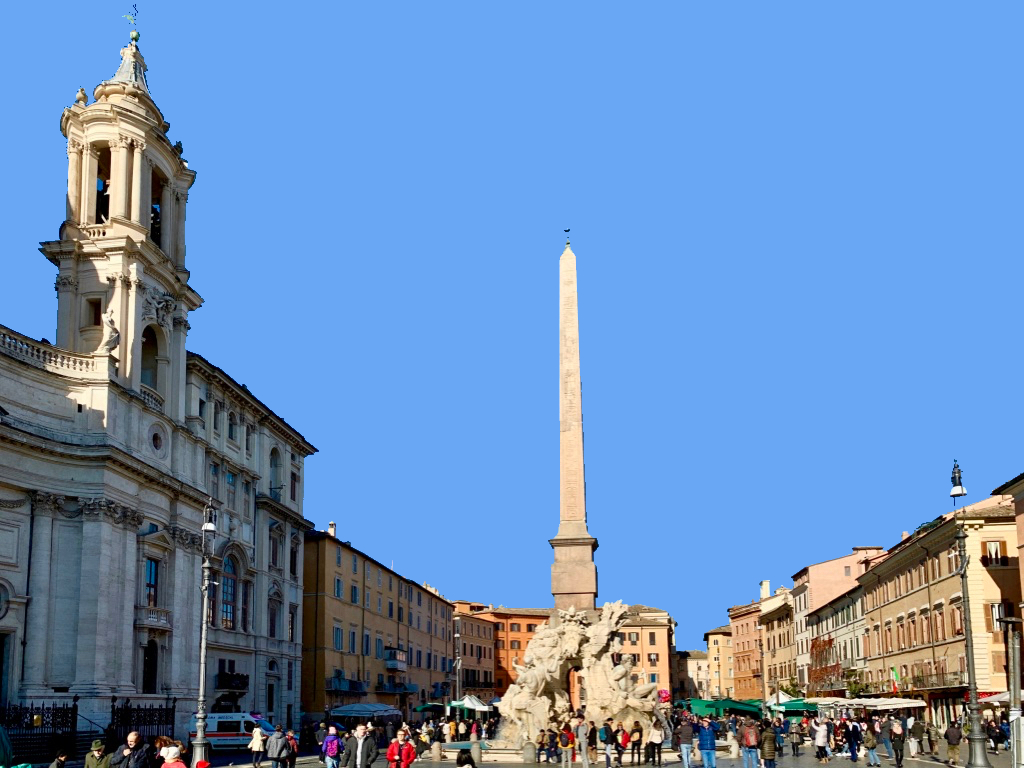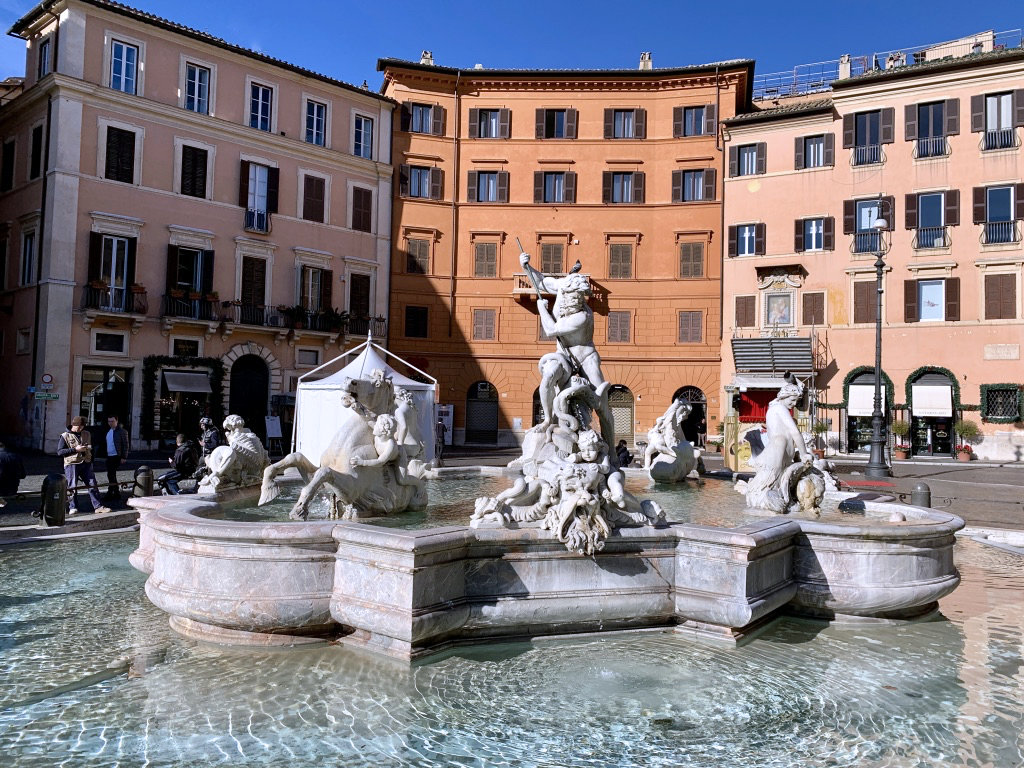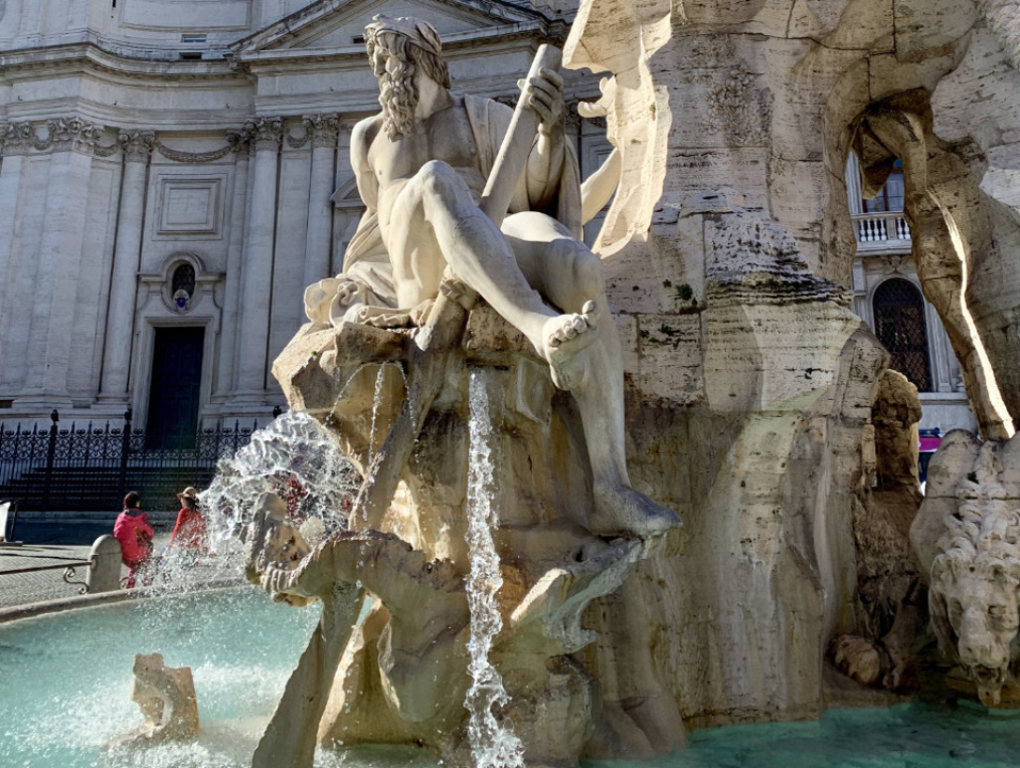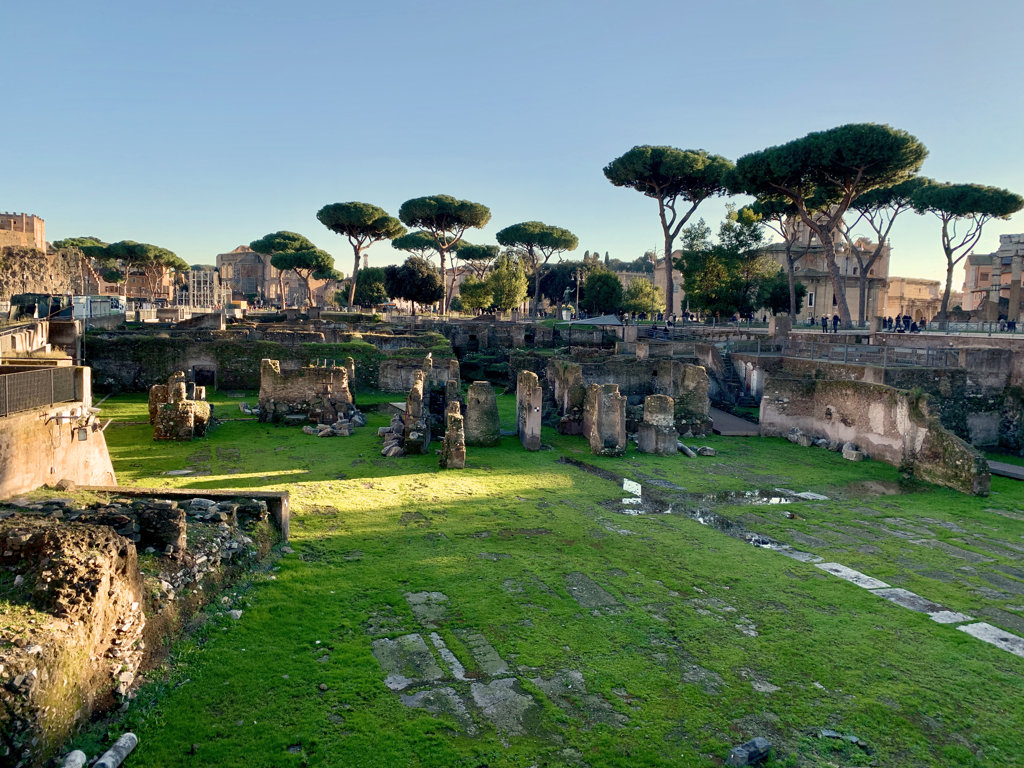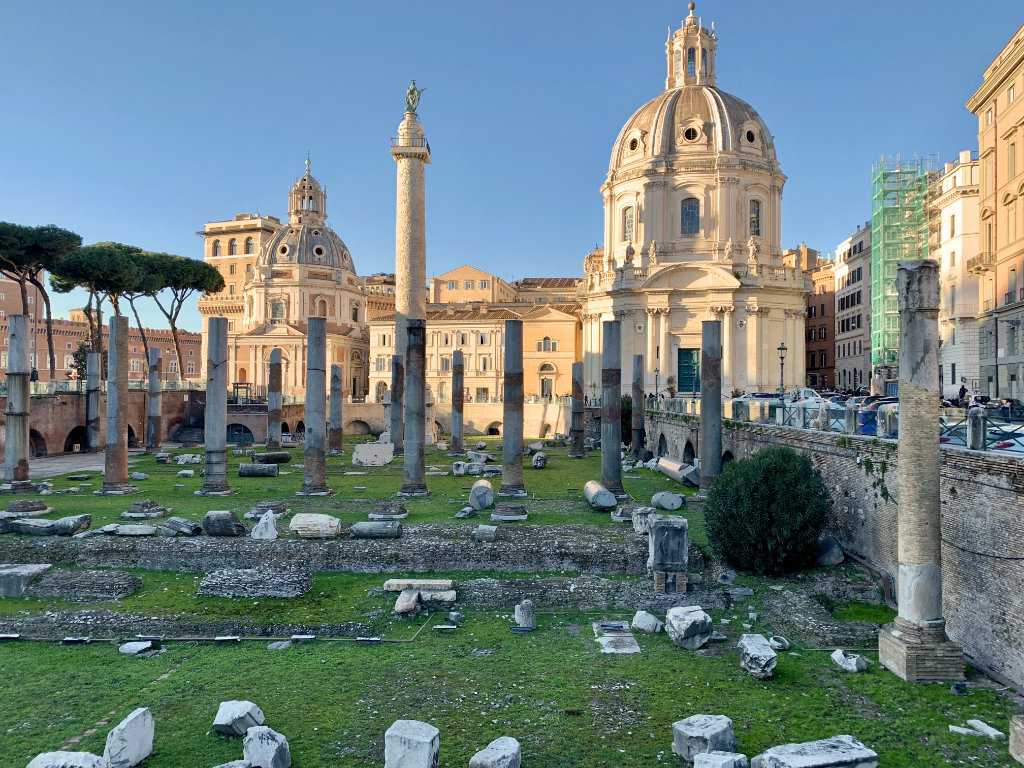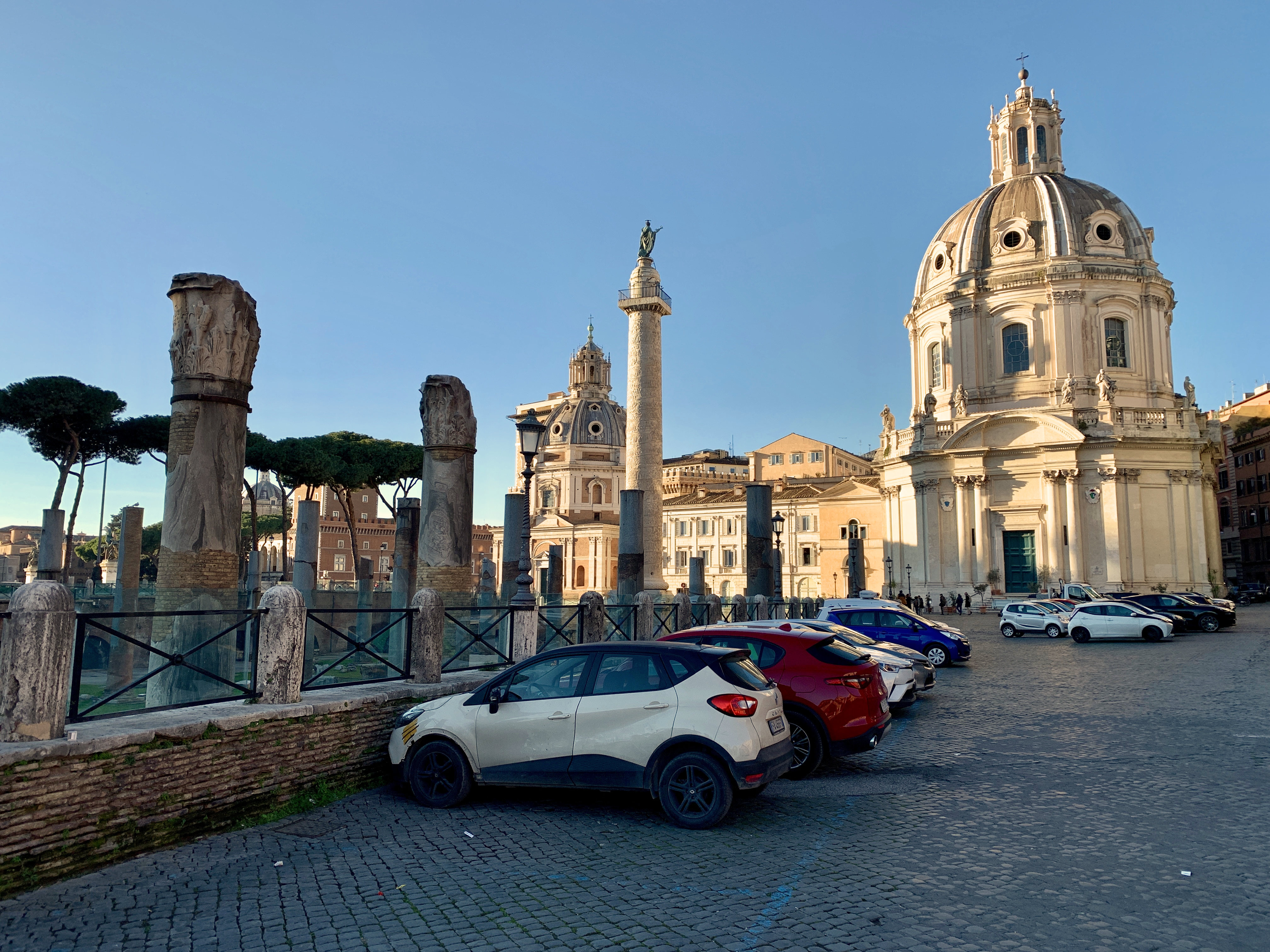The Vatican, officially known as the Vatican City State, is an independent city-state enclaved within Rome, Italy. It is the spiritual and administrative headquarters of the Roman Catholic Church and is the smallest internationally recognized independent state in the world, both in terms of area and population.
The Vatican is located on the Vatican Hill in the northwest part of Rome, Italy. It is bordered by the Vatican Walls and shares boundaries with Italy.
Sovereignty: The Vatican City State is a sovereign entity under the Holy See, which is the ecclesiastical jurisdiction of the Catholic Church. The Pope, who is the head of the Catholic Church and the Bishop of Rome, serves as the head of state of the Vatican.
The Vatican covers an area of approximately 44 hectares (110 acres), making it the smallest internationally recognized independent state. As of my knowledge cutoff in September 2021, the Vatican had a population of around 800 inhabitants, mostly consisting of clergy, religious officials, and the Swiss Guard.
The Vatican City State operates as an absolute monarchy with the Pope as its sovereign. The Pope exercises full legislative, executive, and judicial powers within the Vatican. The Holy See, which represents the Pope's diplomatic and international activities, is recognized by many countries as a sovereign entity.
Religion: The Vatican is the spiritual and administrative center of the Roman Catholic Church. It is home to various significant religious and cultural sites, including St. Peter's Basilica, the Sistine Chapel, and the Vatican Museums. Thousands of pilgrims and tourists visit the Vatican each year to see these renowned attractions.
The Vatican plays a crucial role in Catholicism as the residence of the Pope and the central governing body of the Catholic Church. It is where important religious ceremonies, papal audiences, and the election of the Pope (conclave) take place. The Vatican also issues official documents, provides guidance on doctrinal matters, and oversees the appointment of bishops worldwide.
Diplomatic Relations: The Vatican maintains diplomatic relations with many countries around the world, having formal diplomatic ties with over 180 nations. It is a member of various international organizations, including the United Nations as a non-member observer state.
